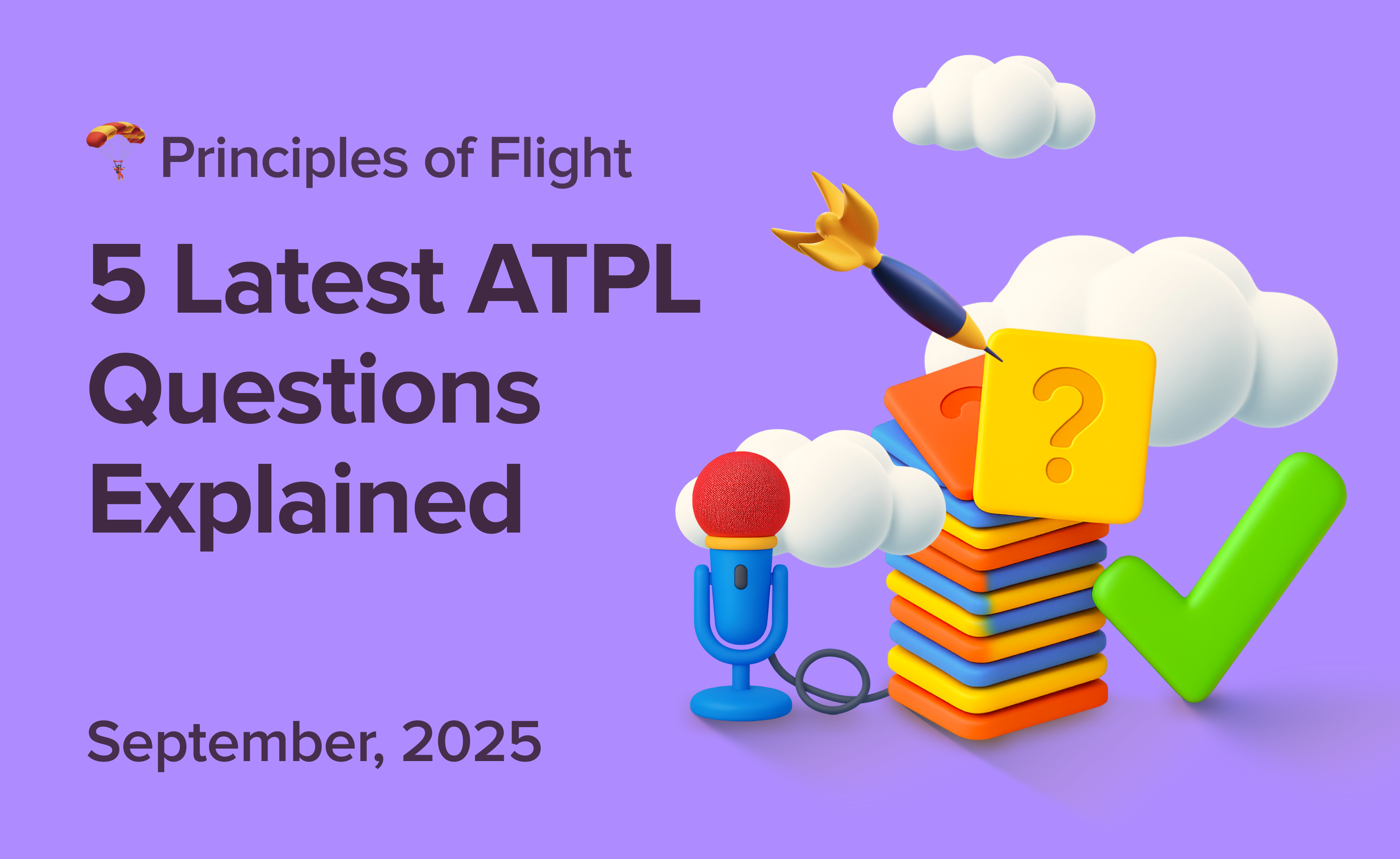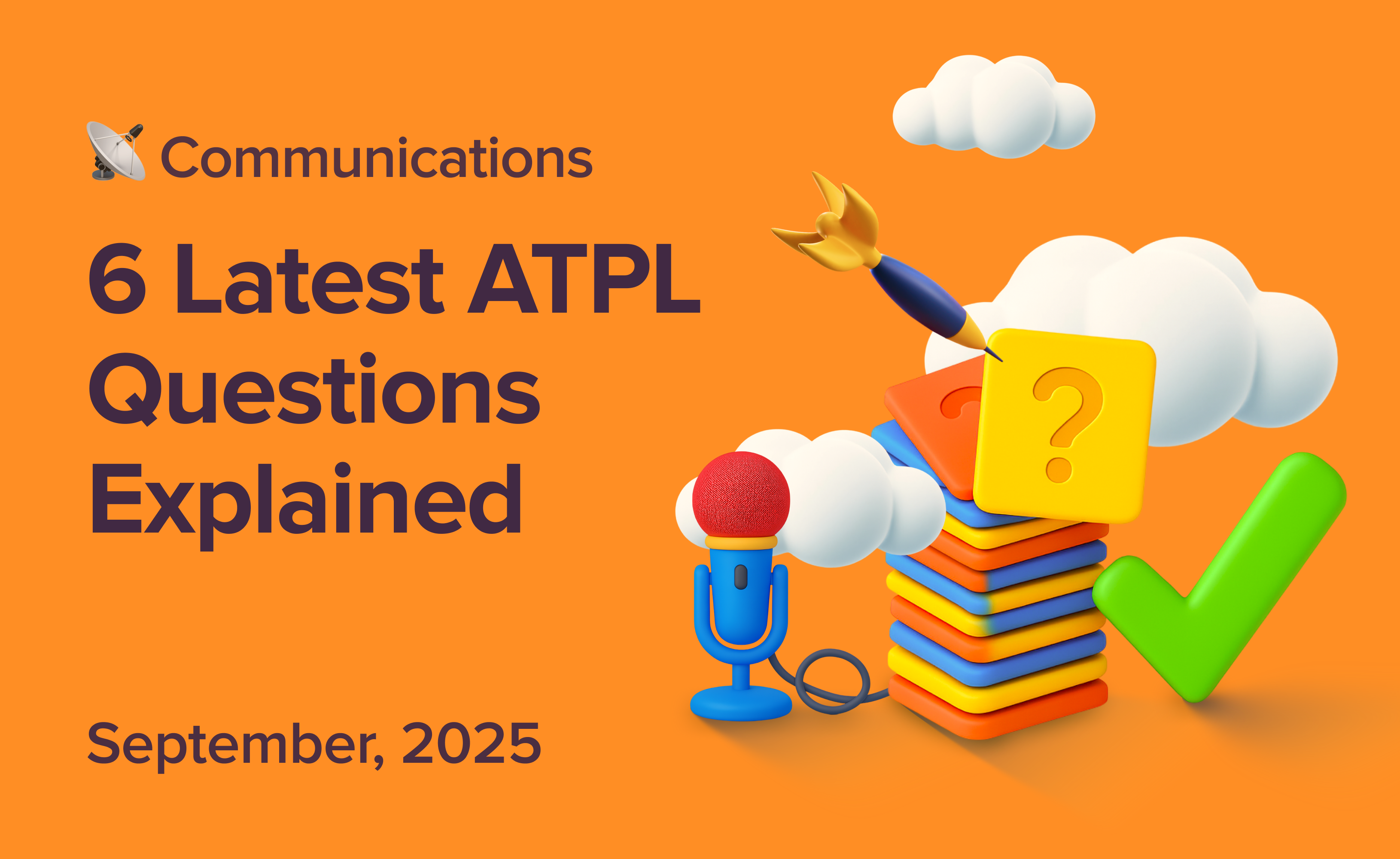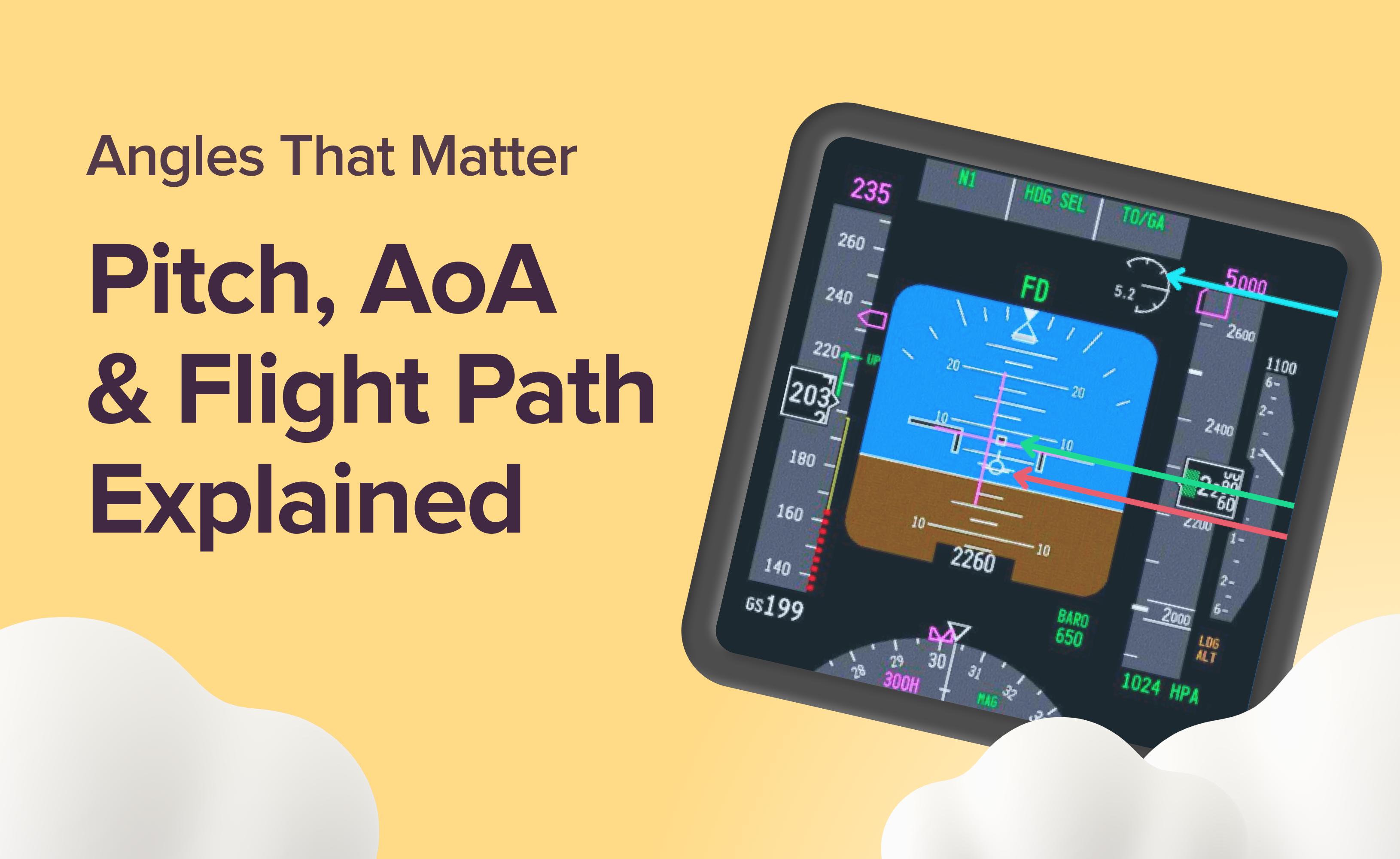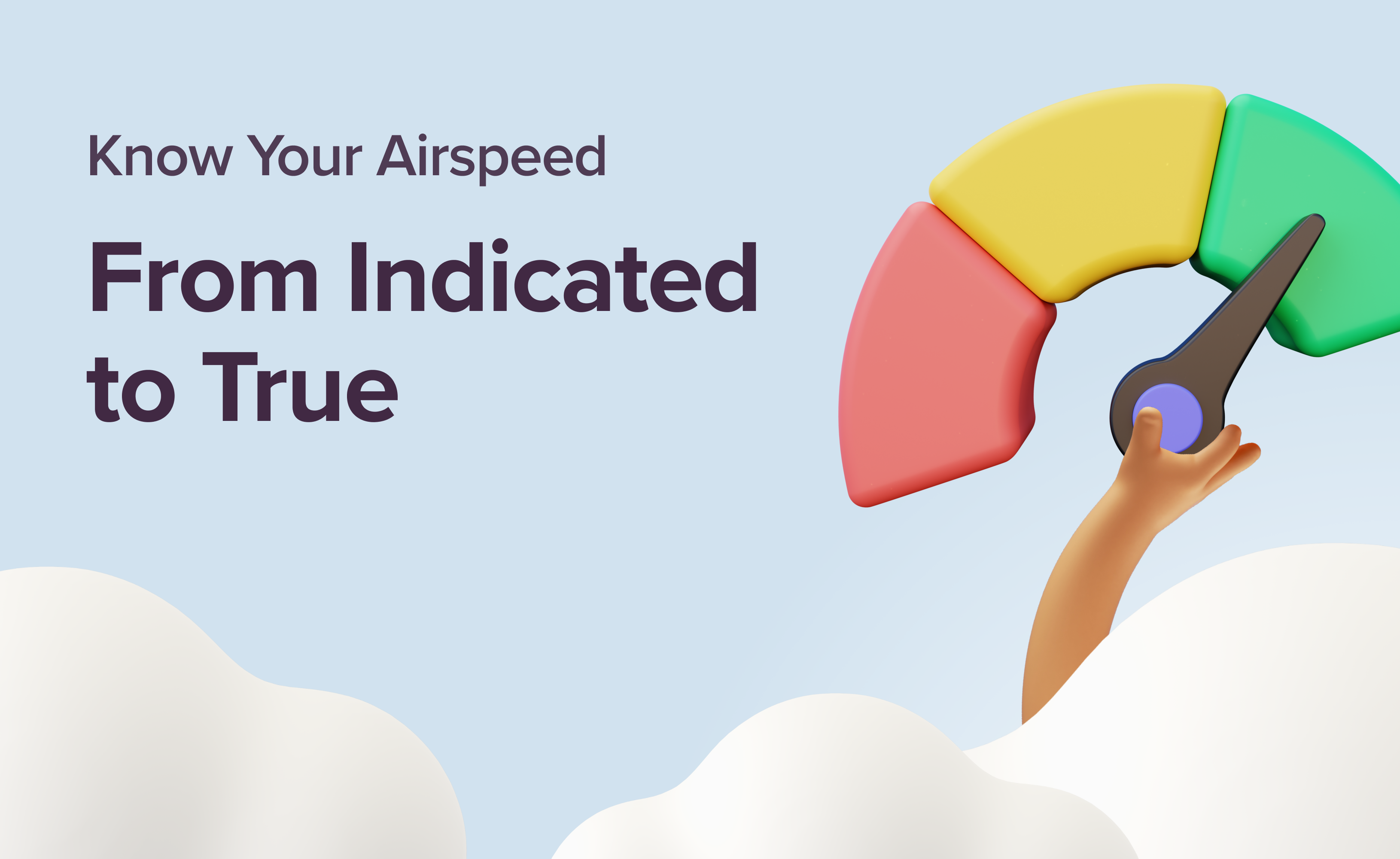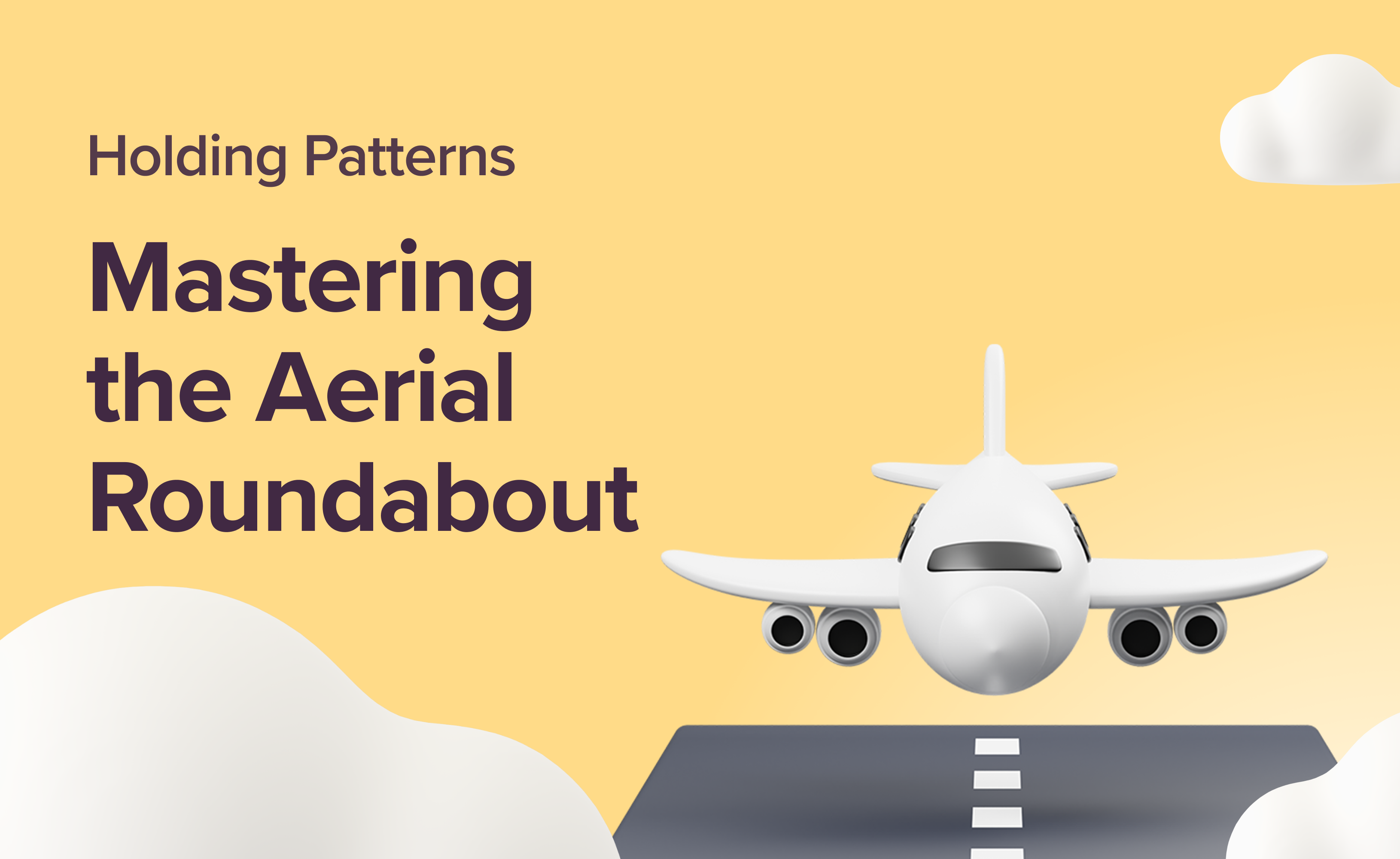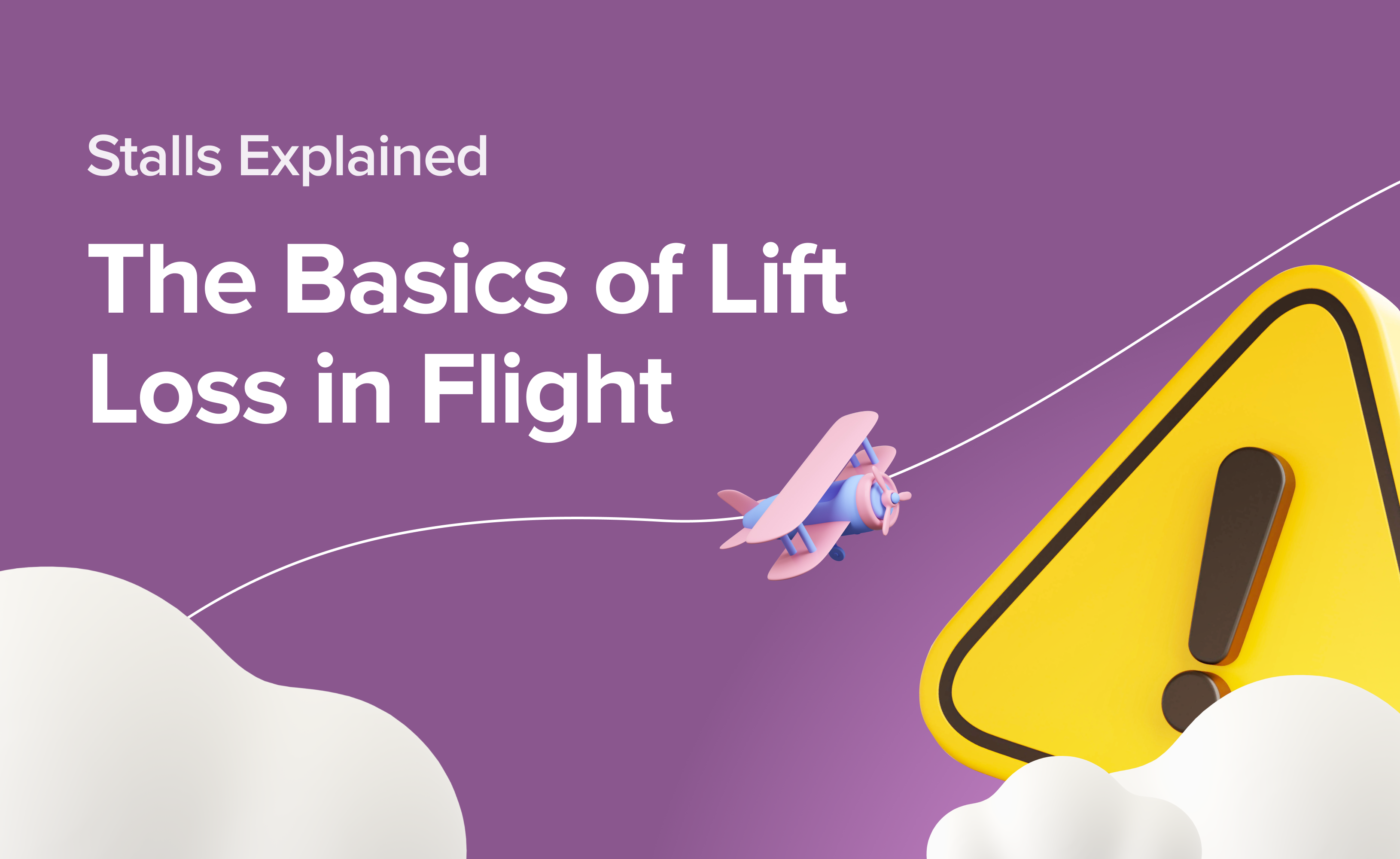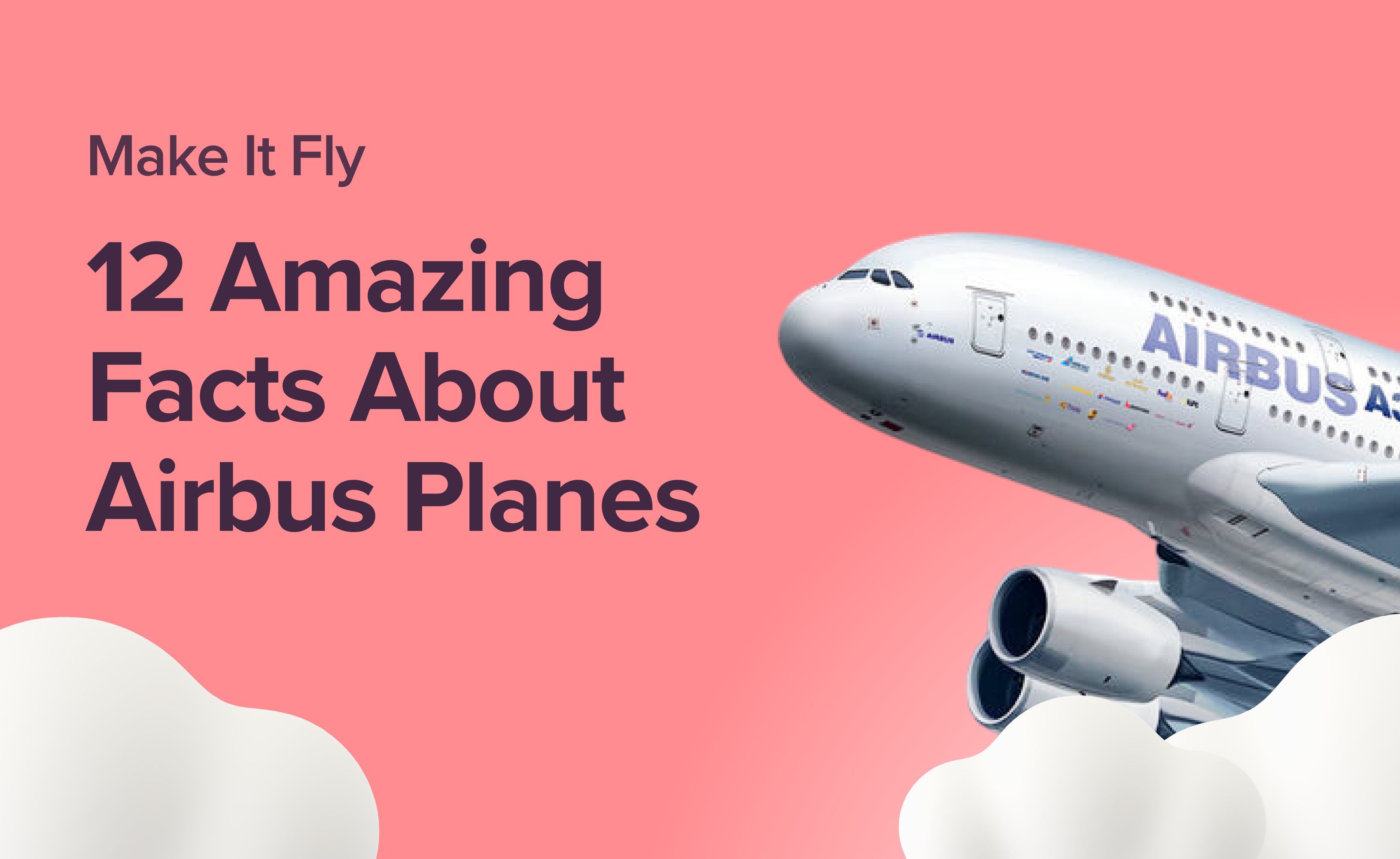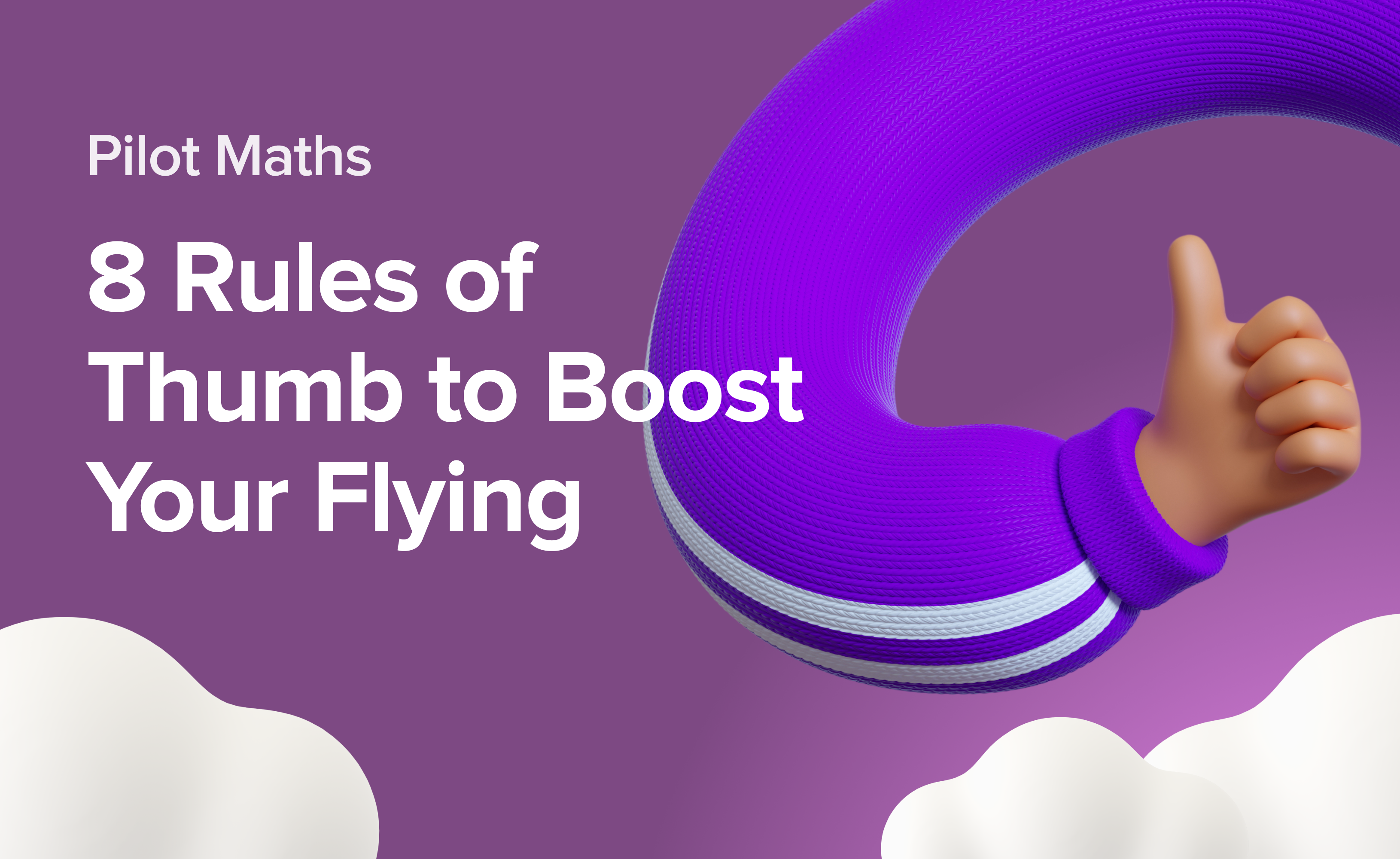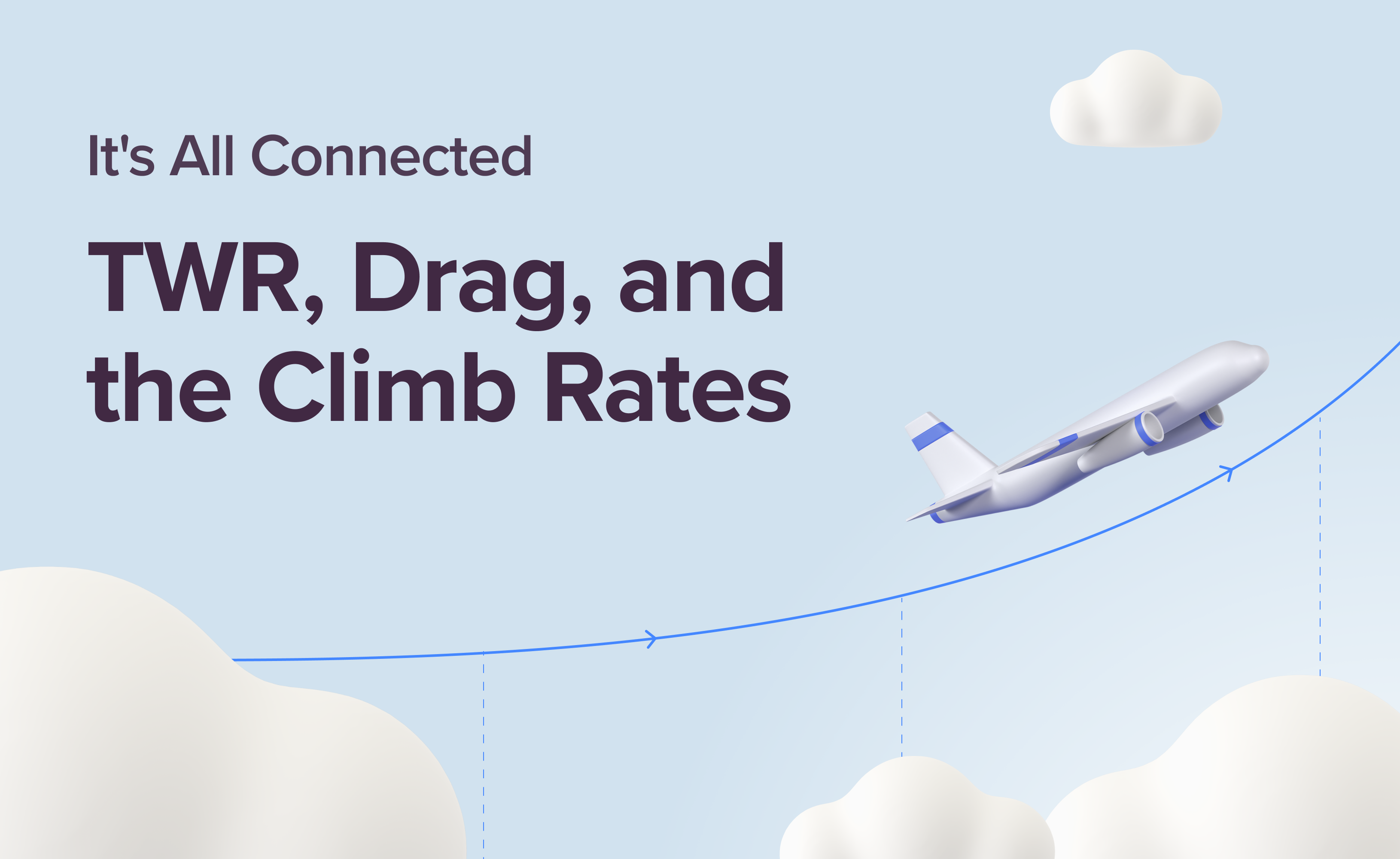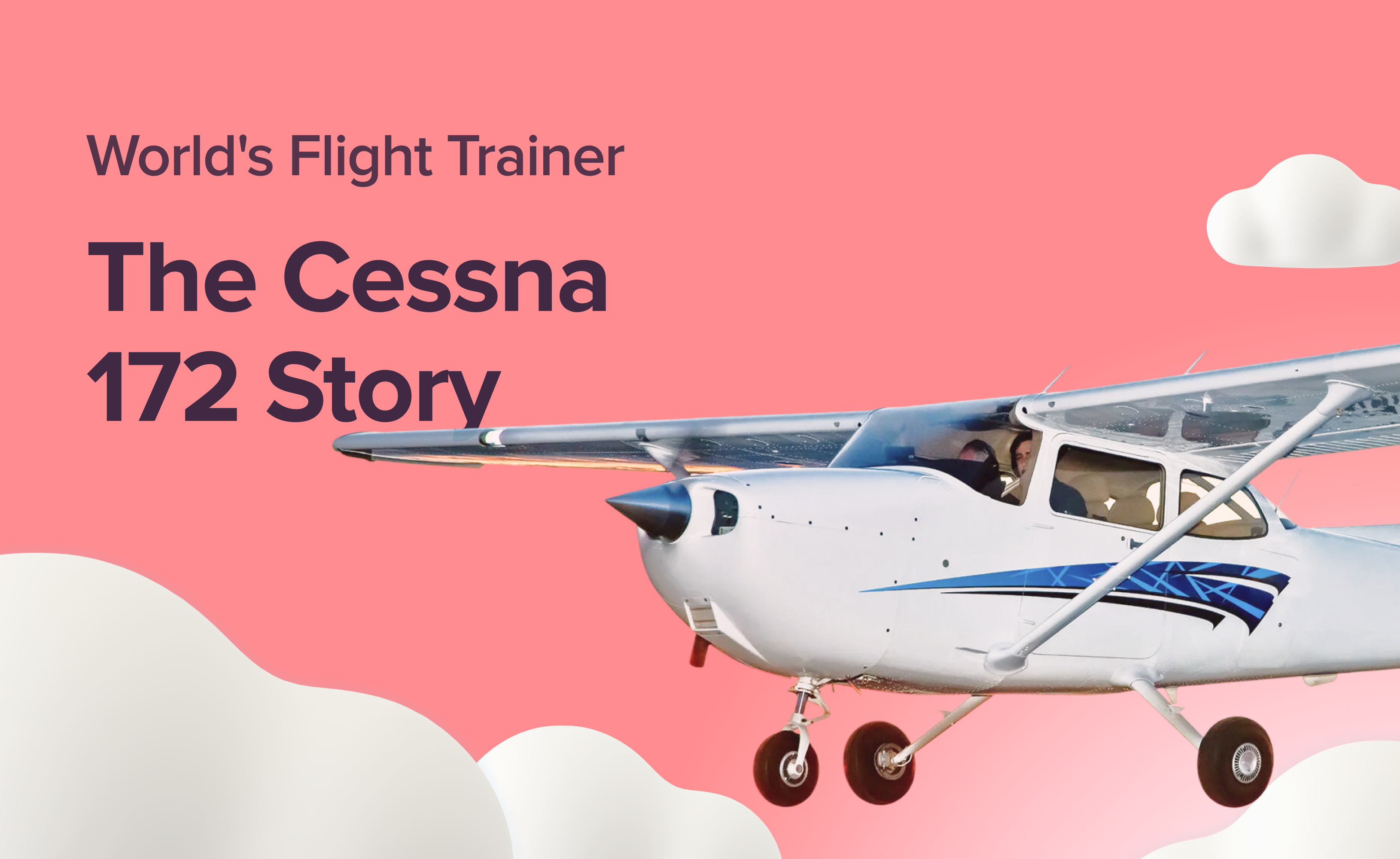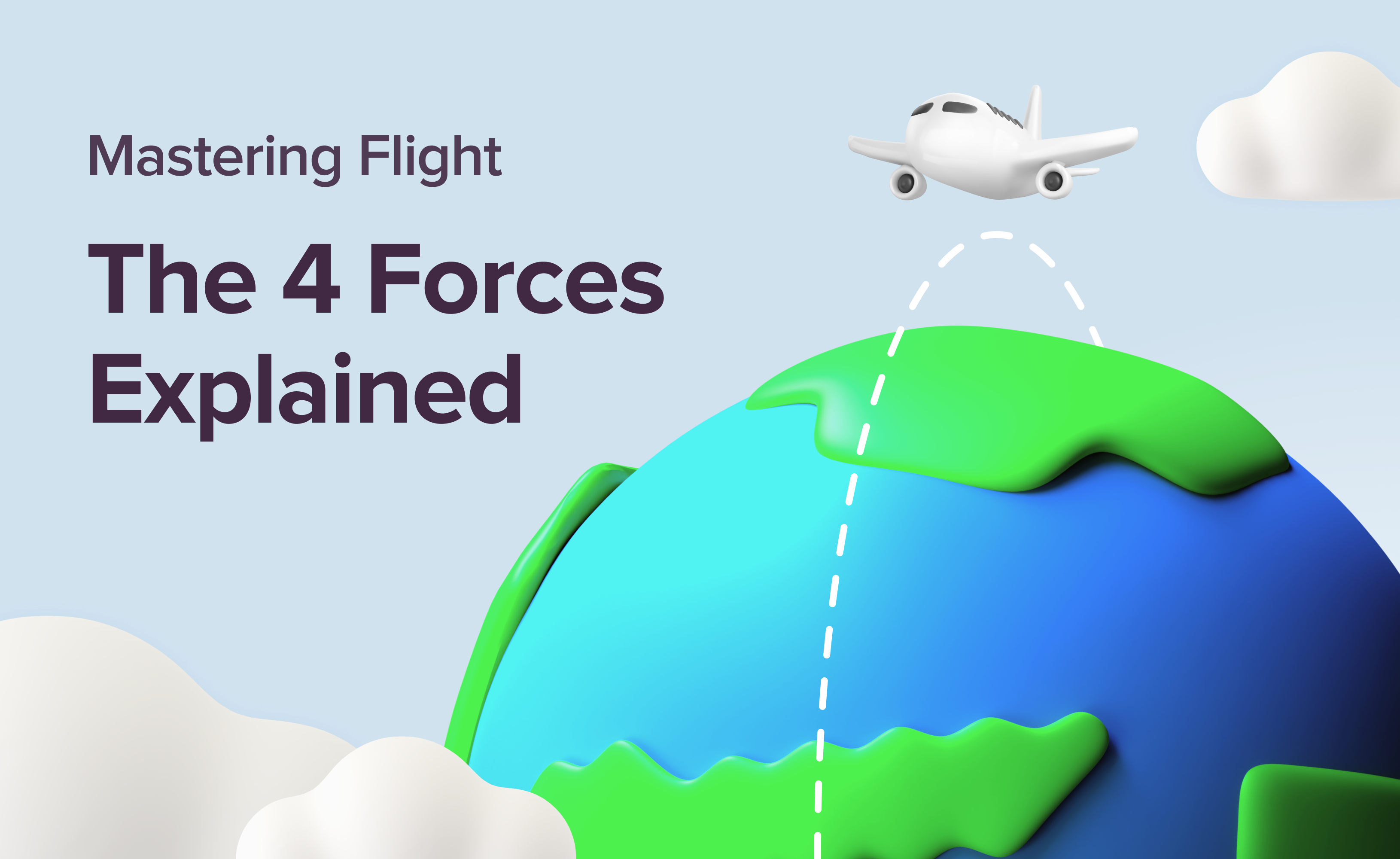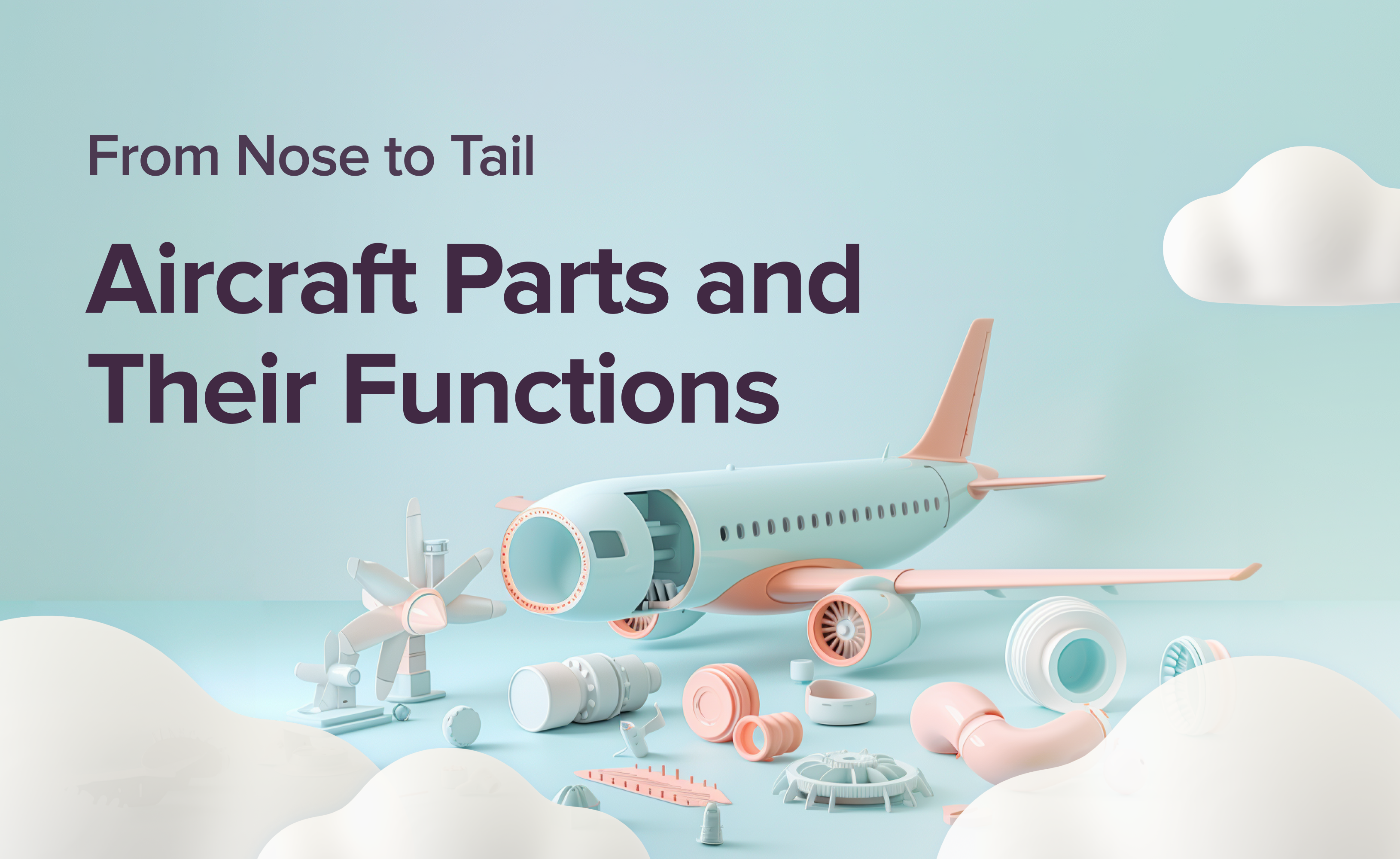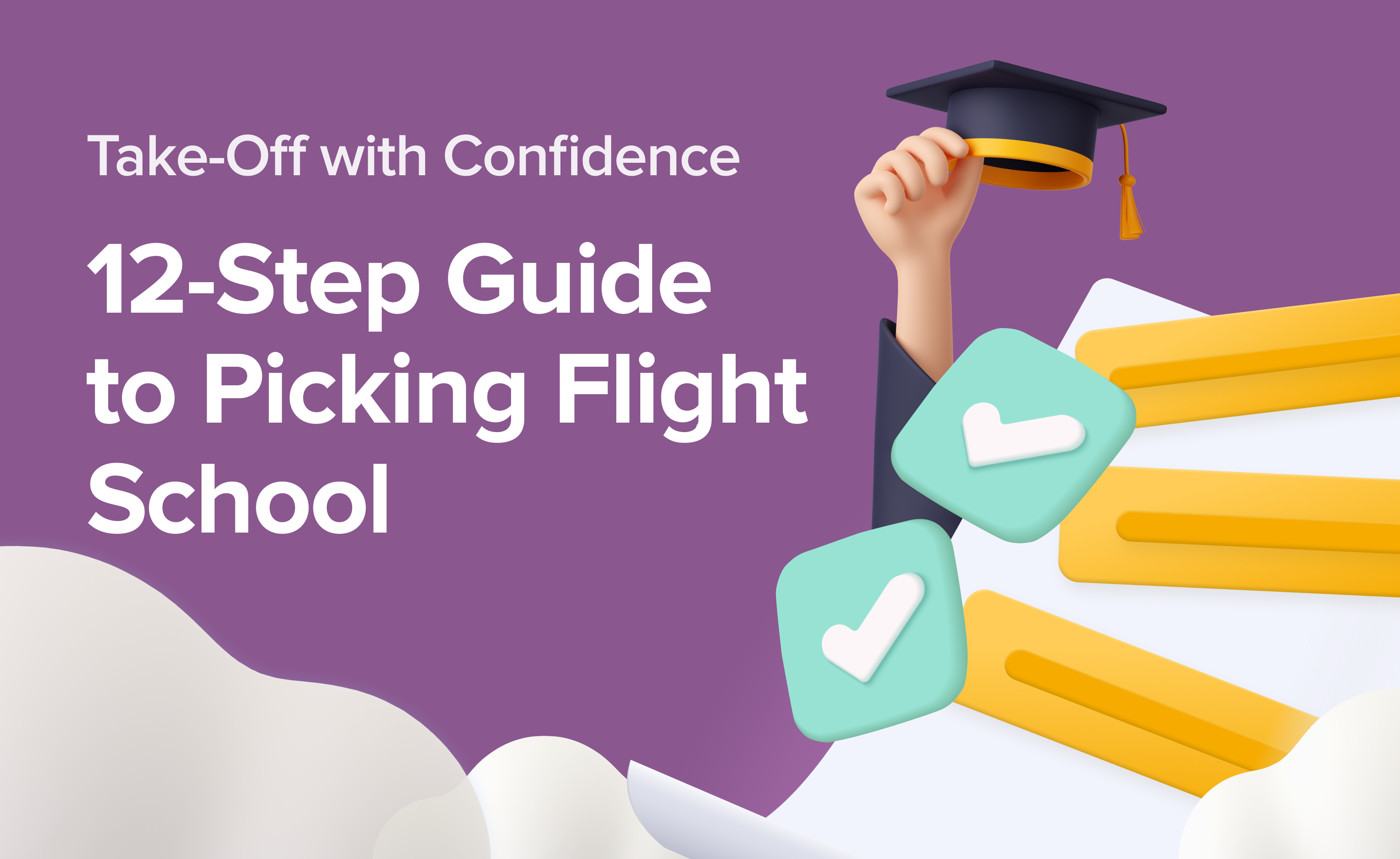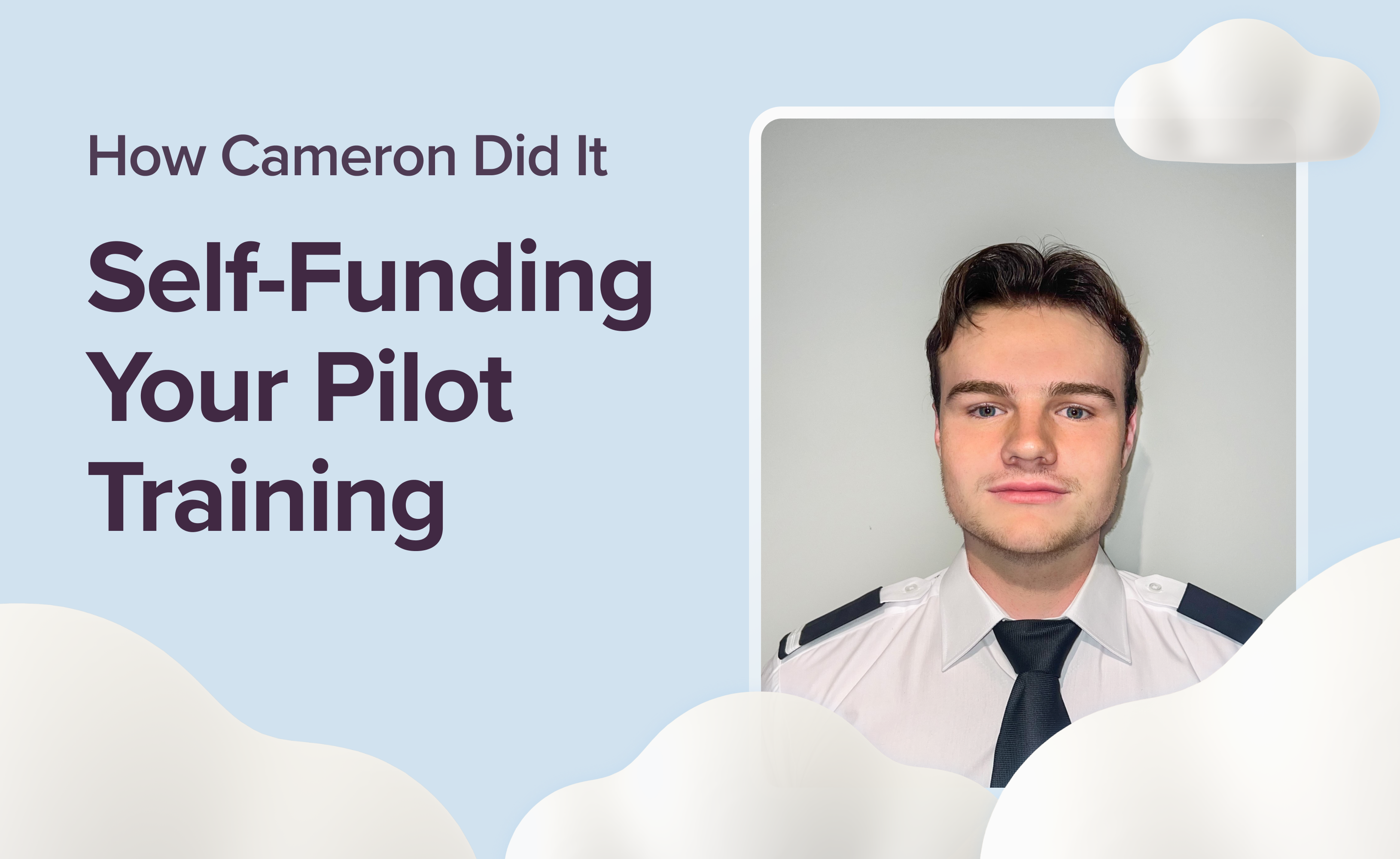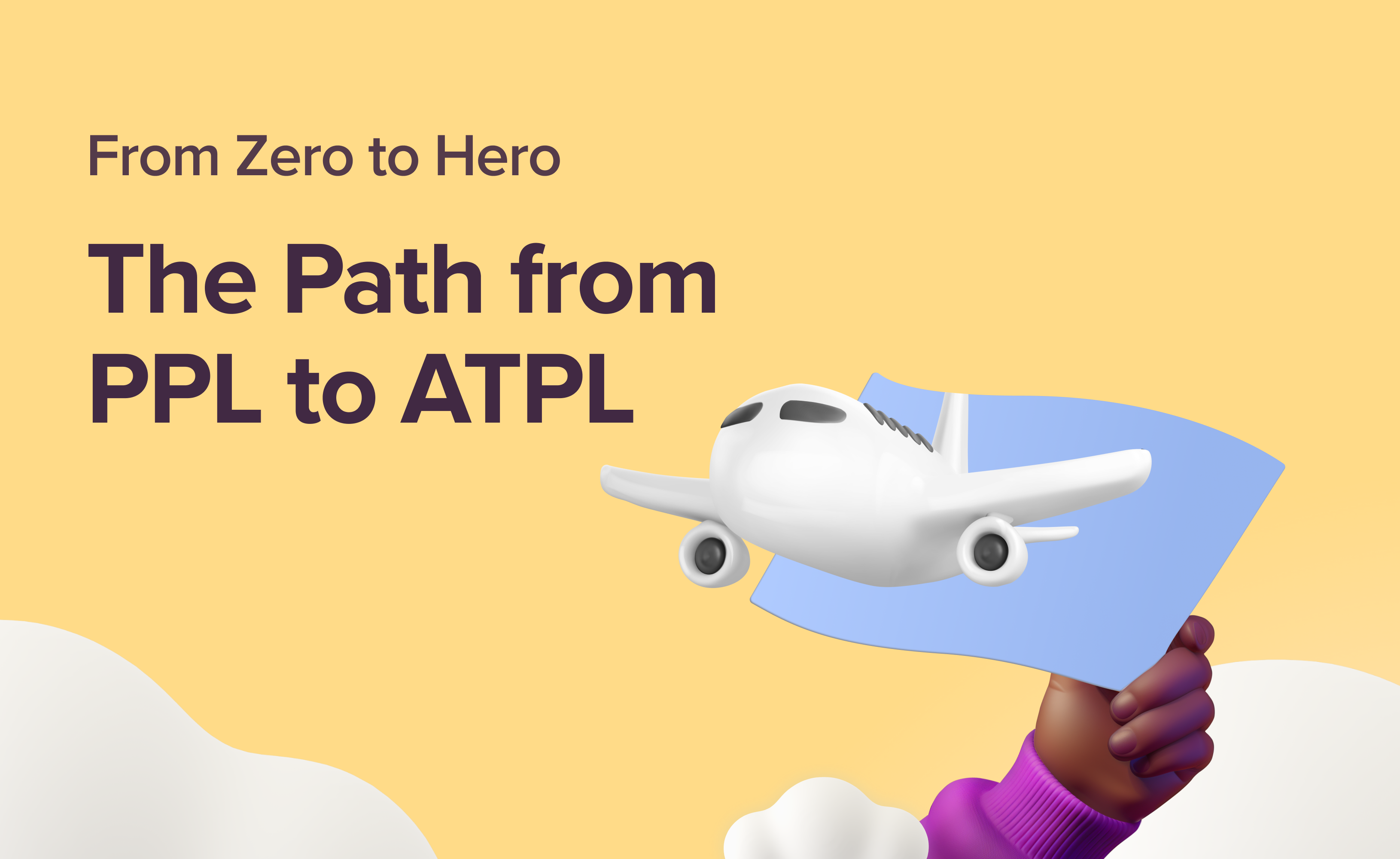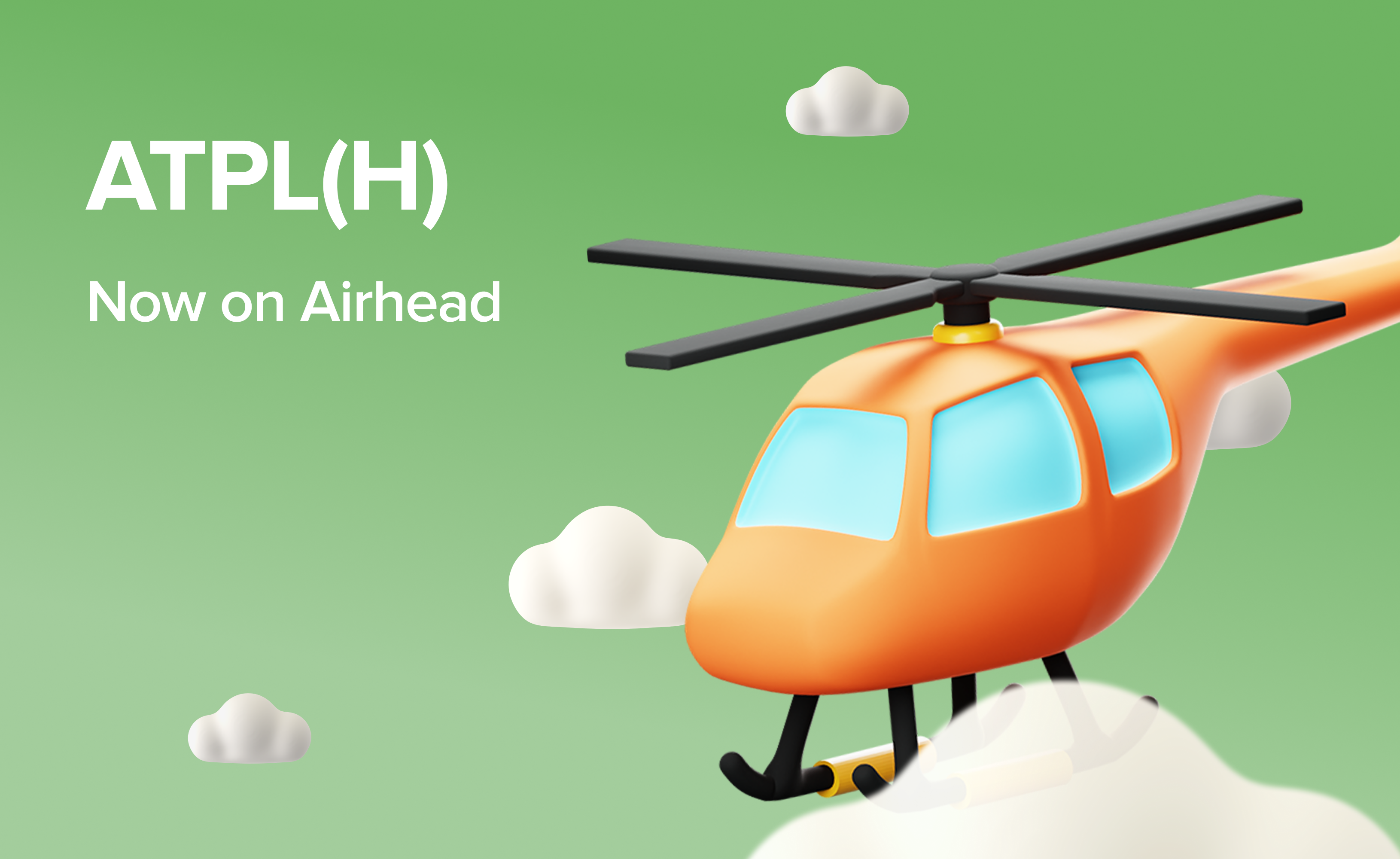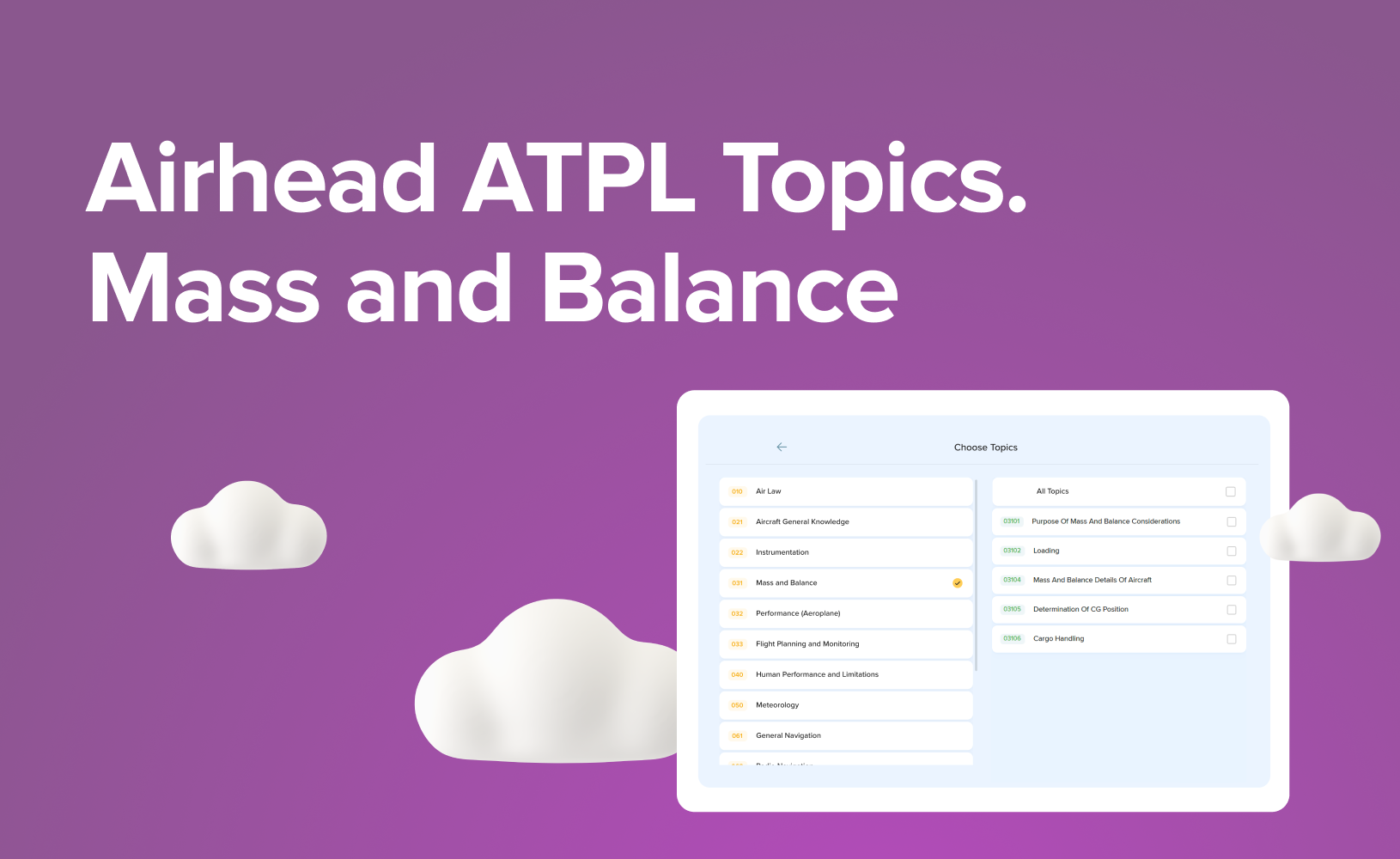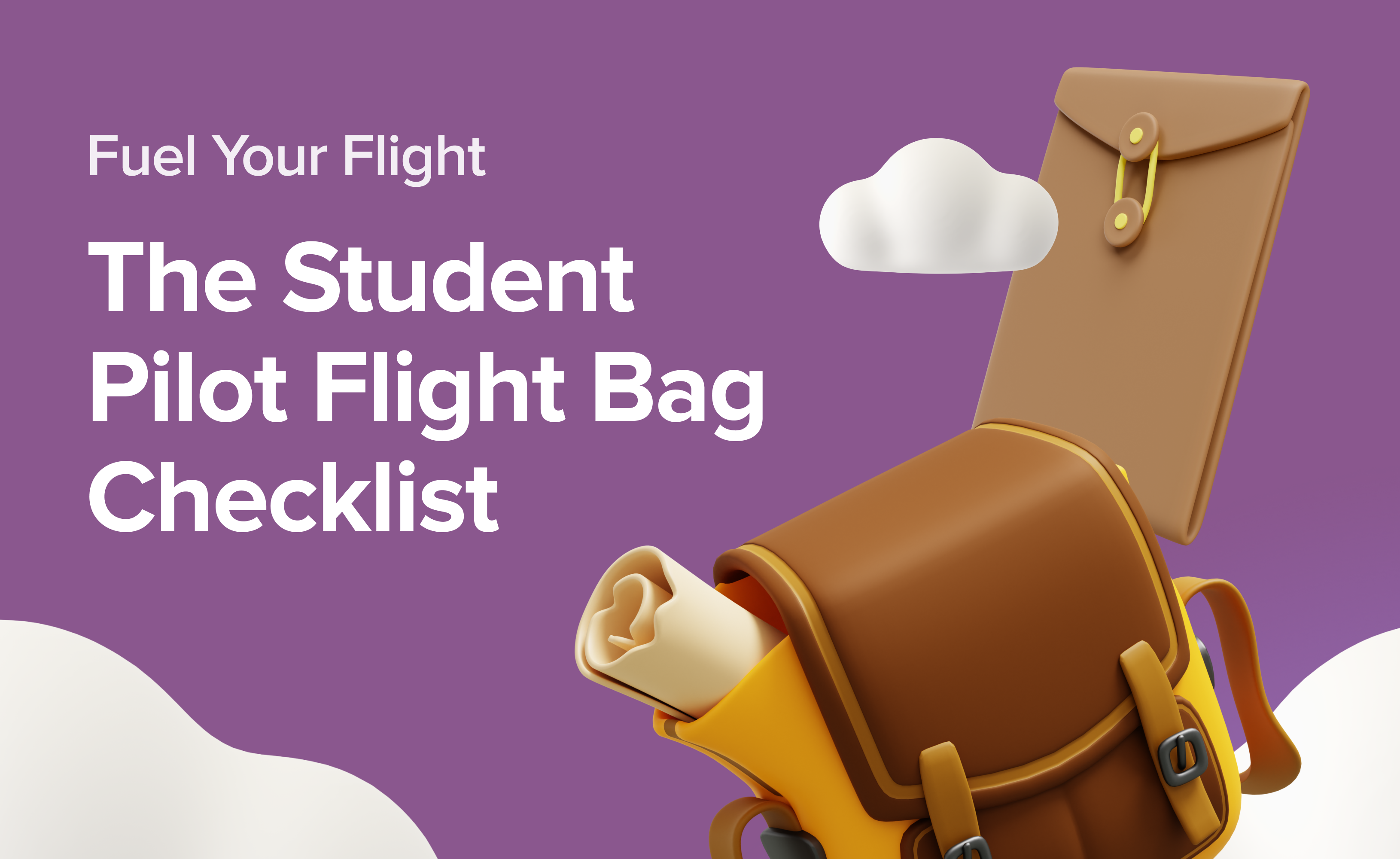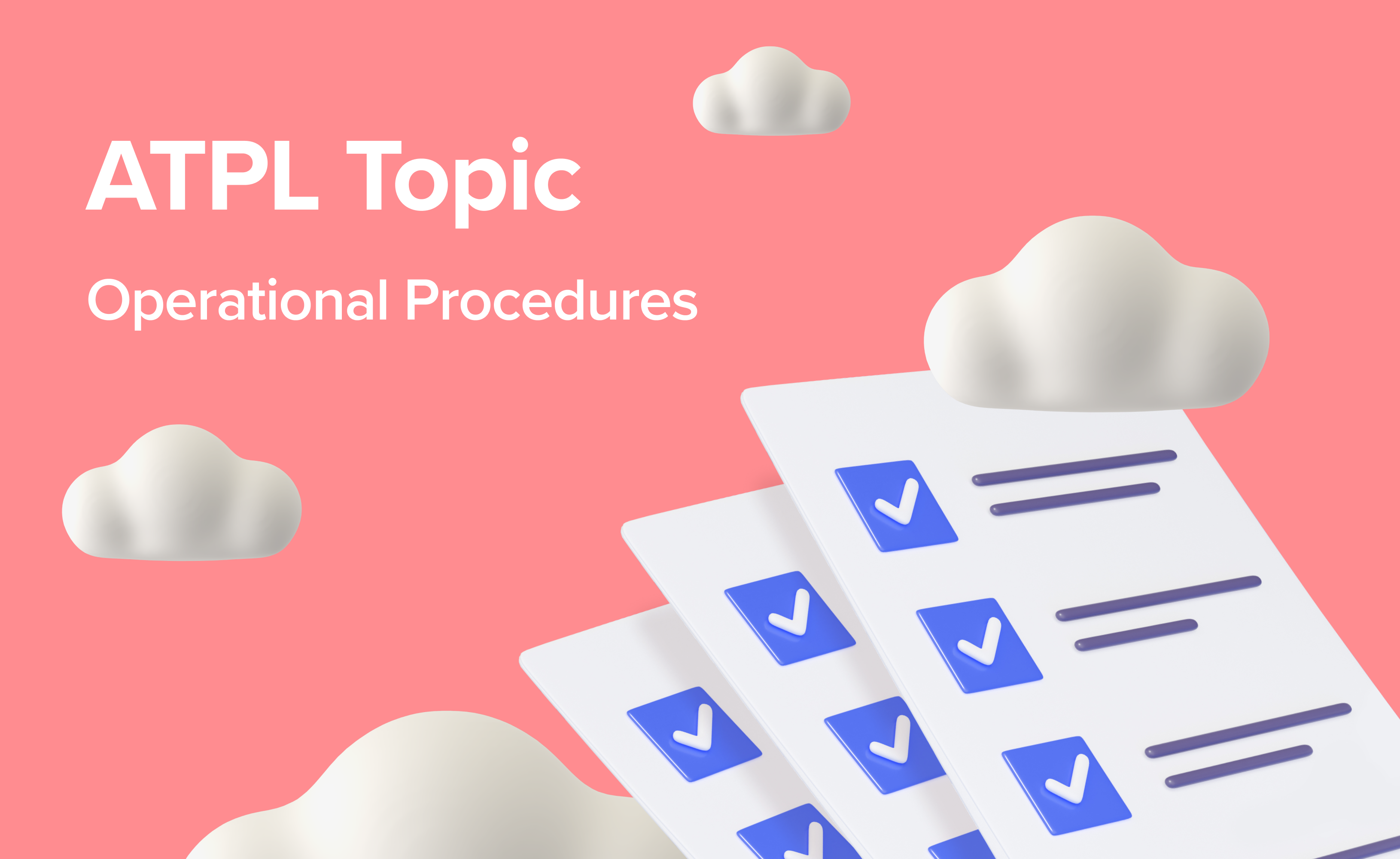Fly on a Dime: Get Airborne with Gliding

They say the sky’s the limit — unless you’re looking at flight school fees, as your bank account might be the limit! Imagine someone standing in a field, arms outstretched, pretending to be an aeroplane because that’s as close as they can get to flying on their budget. We’ve all been there — dreaming of soaring through the clouds but grounded by the high cost of pilot training.
The thrill of flight is a dream shared by many. There’s something magical about being up in the air, completely free, and mastering the skies. However, the traditional route to becoming a pilot can feel out of reach, with steep training costs, expensive equipment, and time commitments. Financial hurdles can easily damper your aviation dreams.
However, the good news is that flying doesn't have to break the bank. In this blog, we’ll explore cost-effective ways to learn how to fly, proving that you don’t need a hefty budget to experience the joy of being airborne. From paragliding to ultralights, there are plenty of affordable options that make flying accessible to everyone — no matter your financial situation. So, whether your budget is tight or almost non-existent, your dream of taking to the skies is still within reach!
The Low-cost Way to Take to the Skies
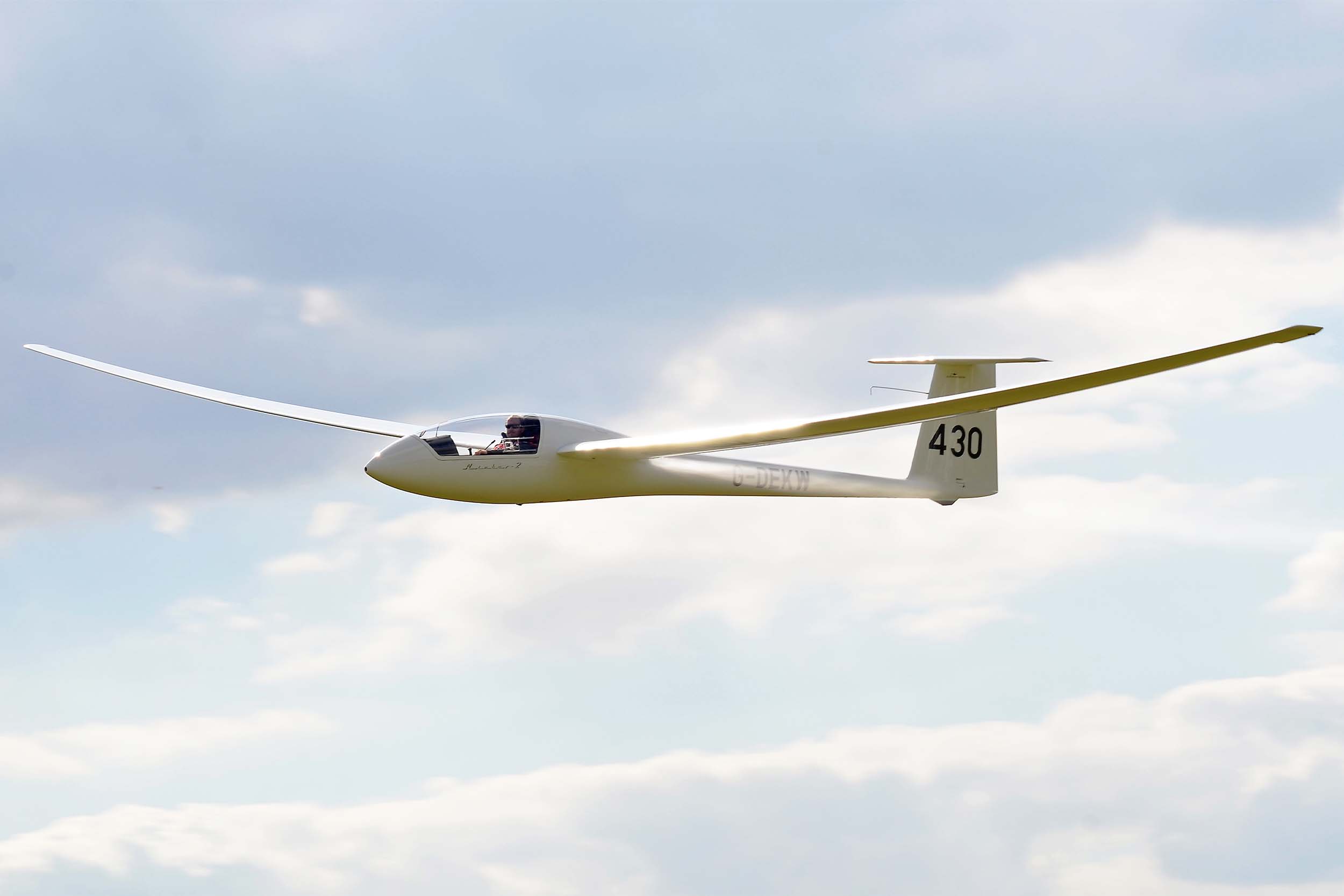
Your ticket to the skies on a budget is gliding. Gliding involves flying unpowered fixed-wing aircraft, using air currents, or “wave lift,” much like birds do to stay aloft and travel great distances.
With glider planes, you can gain flying experience and fly hundreds of kilometres across the country, all while paying far less than you would to fly a powered plane. Especially, if you're considering a future in aviation but want to ease into it.
The cost of gliding training is considerably lower than the cost of training for a Private Pilot's Licence (PPL). Most gliding clubs offer instruction at no additional charge, with lessons provided by highly qualified British Gliding Association (BGA) instructors. This means your main costs are focused on the actual flying time, not on lessons.
Let’s break down some typical costs involved with gliding:
Glider Hire: Renting unpowered aircraft can cost around £20 per hour at most clubs, making it an incredibly affordable way to learn how to fly.
Launch Costs: Instead of taking off from a runway, gliders are launched into the air by either a winch or aerotow. A winch launch usually costs around £8, while an aero tow launch (where another plane tows you into the sky) typically costs around £30.
Membership Fees: Annual club membership fees are generally around £350, which compares favourably to other popular hobbies like golf or tennis. Many clubs also offer reduced fees or subsidised programs for new people under 25, thanks to initiatives by the BGA and individual gliding clubs.
Once you’ve mastered the basics, gliding opens the door to the ultimate adventure sport. You can soar to a height of over 30,000 feet and travel cross-country distances of over 300 km, with record-breaking flights exceeding 1,000 km. Unlike powered aircraft, which rely on fuel, glider planes harness the power of surrounding air to stay aloft for hours — an environmentally friendly and wallet-friendly way to fly.
6 Ways to Get Airborne with Gliding
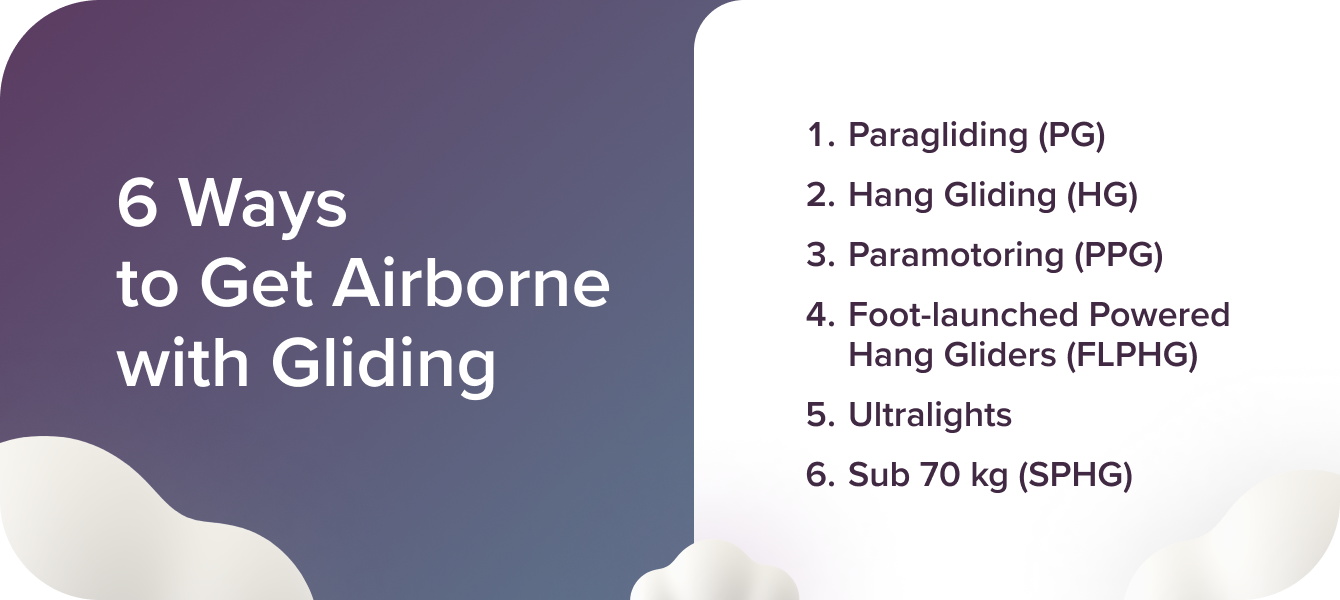
The world of gliding offers a variety of exciting options. Whether you're looking for a completely unpowered experience or want the convenience of a small engine to help you take-off, there’s a flying method out there for every budget and preference.
Below, we’ll walk you through six popular ways to get airborne with gliding, each with its unique approach to soaring through the skies.
1. Paragliding (PG)
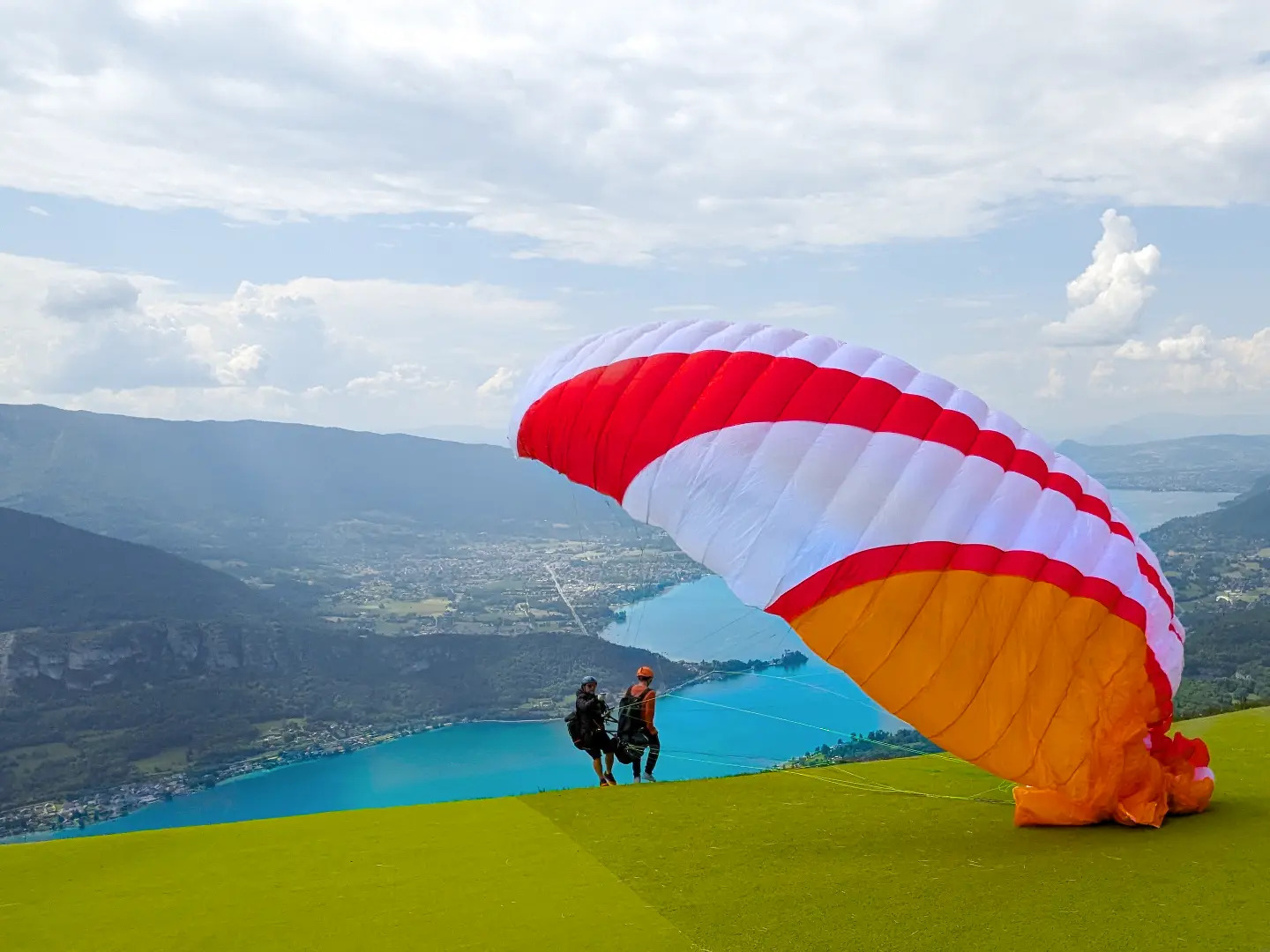
Paragliding is the most minimalist form of gliding and one of the cheapest ways to experience the magic of flight. It allows you to launch by foot and ride the thermals. It’s low-cost and easy to learn, making it a fantastic entry point for new pilots. It involves flying with a lightweight, foot-launched glider that resembles a parachute.
Paragliders are lightweight, free-flying, foot-launched glider aircraft with no rigid primary structure. The entire setup fits into a backpack, as a result, there is no need for a hangar or storage.
The main drawback of paragliding is its dependence on weather, specifically wind and warm rising air. Without the right thermal lift, it’s impossible to stay in the air for extended periods. This makes flight schedules less predictable compared to powered flying. While training is relatively short, mastering the skill of reading weather conditions and safely manoeuvring can take time.
After an initial investment in equipment and training, pilots can fly for hours at a time. Here’s a breakdown of what you can expect:
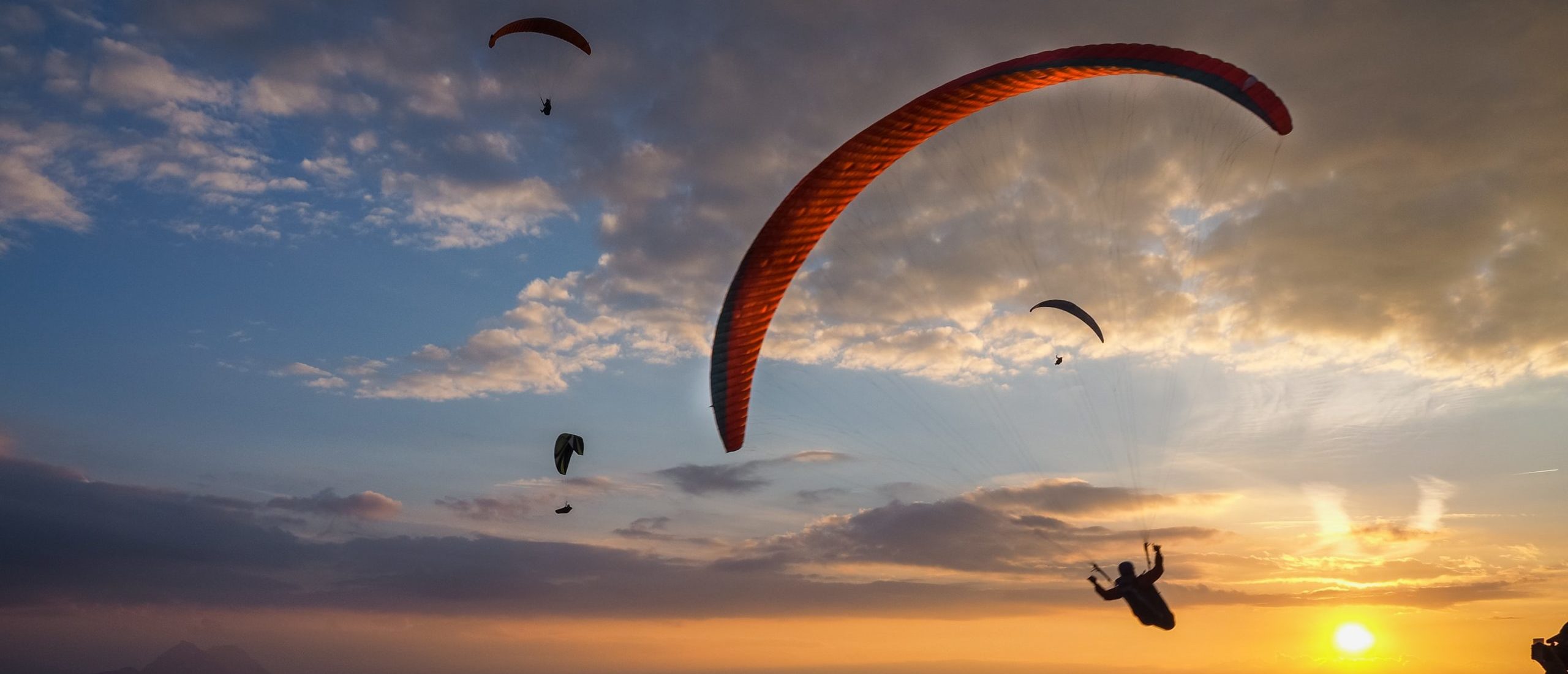
Training Costs: A beginner’s paragliding course usually costs between £800-£1,500, depending on the location and the school. This covers all the basics, including ground handling, launching, and safe flying techniques. Most beginners can become proficient after completing a few weeks of lessons, making it a quick and affordable entry into aviation.
Equipment Costs: A new paraglider typically costs around £2,500-£4,000, but second-hand options can be found for much less, often between £1,000-£2,000. A good quality harness costs around £400-£600, and a helmet is about £50-£150. Reserve parachutes can cost between £300-£500.
2. Hang Gliding (HG)
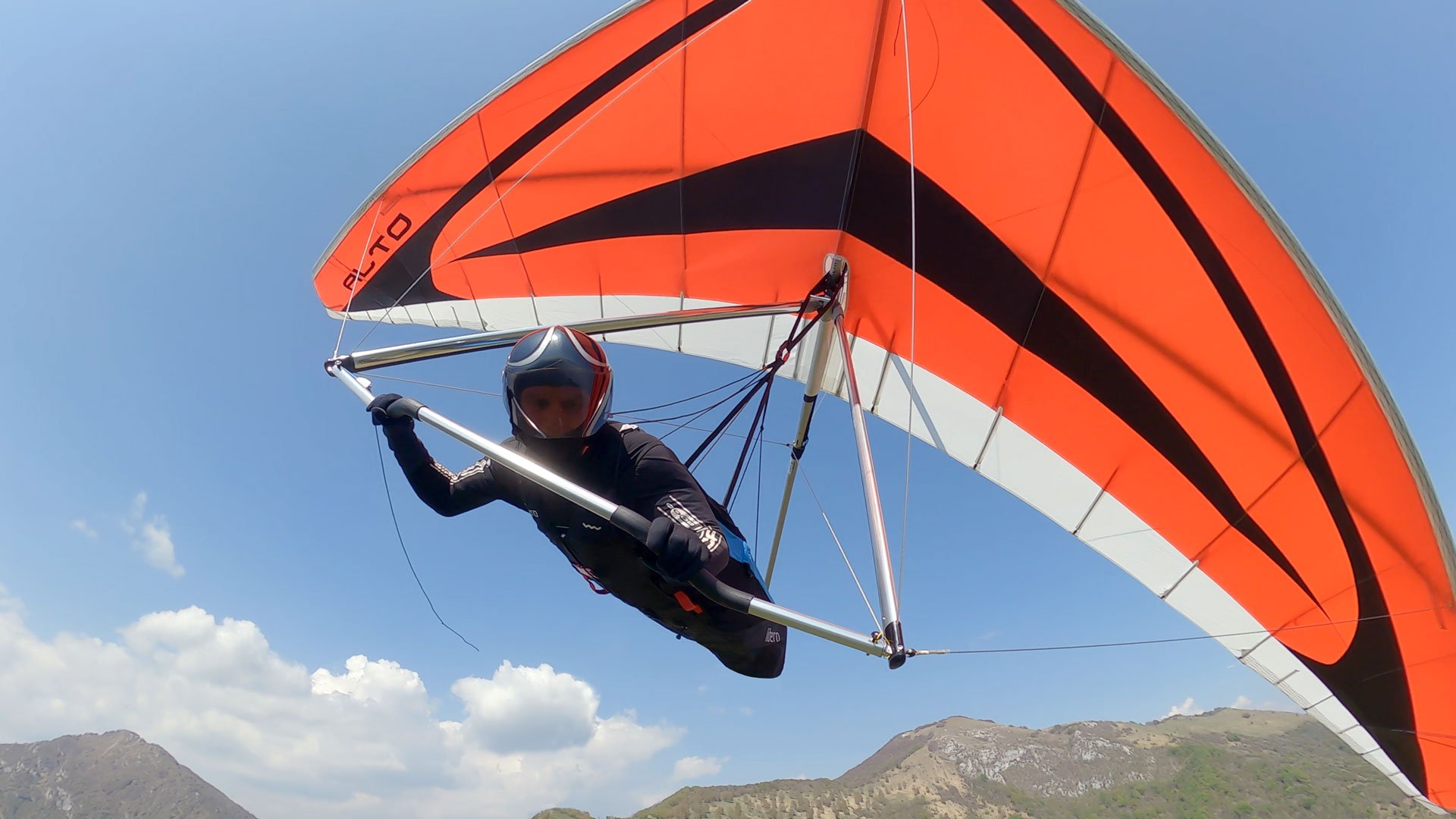
This classic gliding method lets you launch from hills or cliffs. Hang gliding is affordable and provides an unmatched sense of freedom as you ride the wind.
In a hang glider, pilots are strapped into a harness beneath a rigid, delta-shaped wing, which they control by shifting their body weight. It’s ideal for those who want to fly at high altitudes and cover long distances without the noise or expense of motors.
Due to the aerodynamics of the glider, pilots can often achieve more stable and longer flights than paragliding. Typical flights can cover 100-300 km, with height of up to 10,000 feet. Another advantage is the ability to fly at higher speeds than paragliders, typically 40-60 mph, which enables faster cross-country flying.
Hang gliding typically requires a mountain wave for launching, so your flying options may be limited by geography. Moreover, this way of gliding requires more practice to become proficient, as it involves more complex controls and a steeper learning curve. Apart from that, hang gliders are bulkier and require more setup time. Transporting and assembling the rigid wing can be more of a logistical challenge.
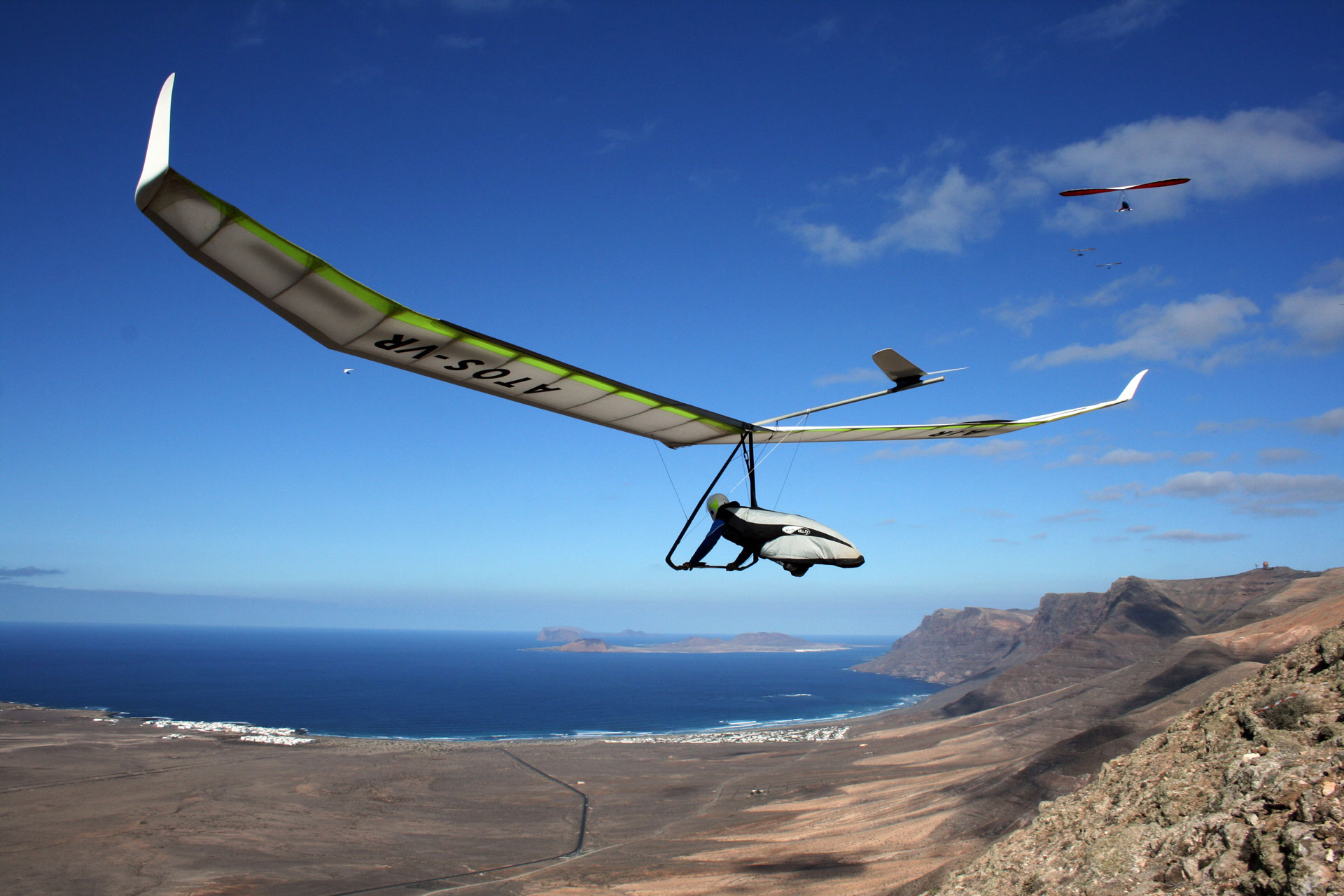
Training Costs: Hang gliding courses usually cost around £1,000-£2,000, covering the basics of launching, flying, and landing safely. Training is typically conducted on hills or mountains, where you can practice controlled flights.
Equipment Costs: A new hang glider typically costs £3,000-£6,000, while used models can be found for £1,500-£3,000, depending on condition and model. Harness and helmets can cost between £400-£800 combined. A reserve parachute costs around £300-£500.
3. Paramotoring (PPG)

Paramotoring, or powered paragliding (PPG), takes the simplicity of paragliding and adds a small motor strapped to the pilot’s back, providing thrust for independent take-offs and longer flights. It means you don’t need a hill or mountain for launch like traditional paragliding. With the powered motor, you can fly for 1-3 hours on a single tank of fuel, depending on the motor and conditions. While the initial costs are higher than pure paragliding, paramotoring remains far cheaper than flying a traditional light aircraft or ultralight.
Among the downsides of paramotoring are noise and weight. The engine adds extra noise and weight to your setup, potentially reducing the peaceful flight experience enjoyed by paragliders. Additionally, depending on your location, there may be stricter regulations or certification requirements for flying a powered paraglider.
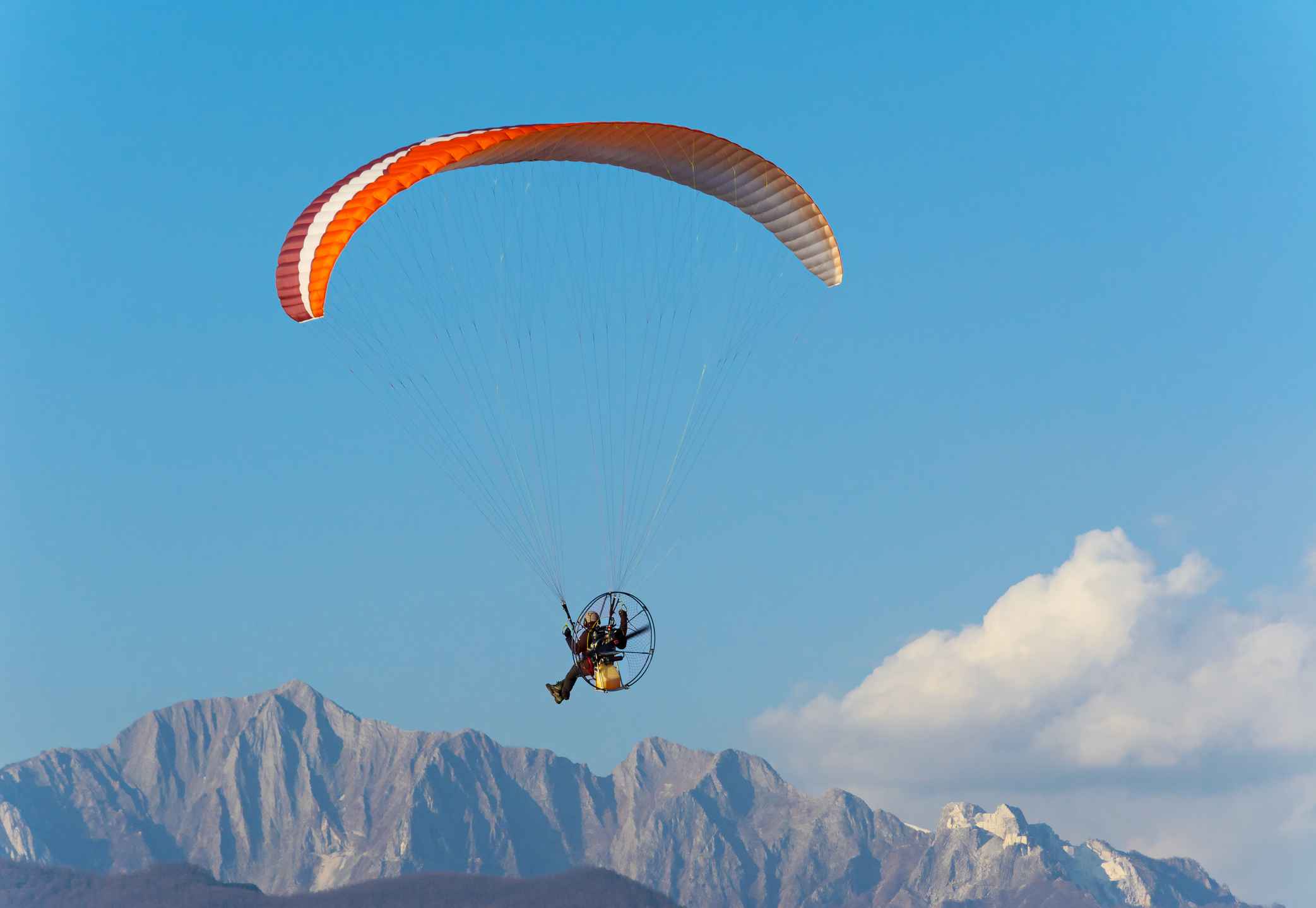
Training Costs: Paramotor training courses usually cost between £1,000-£2,000, covering everything from ground handling to motor safety and flight techniques.
Equipment Costs: A new paramotor engine setup typically costs £3,000-£7,000, depending on the brand and specifications. The paraglider wing itself is similar to the one used in traditional paragliding, costing £2,500-£4,000 new. You’ll also need a helmet, reserve parachute, and possibly a harness, which can add £500-£1,000.
4. Foot-launched Powered Hang Gliders (FLPHG)
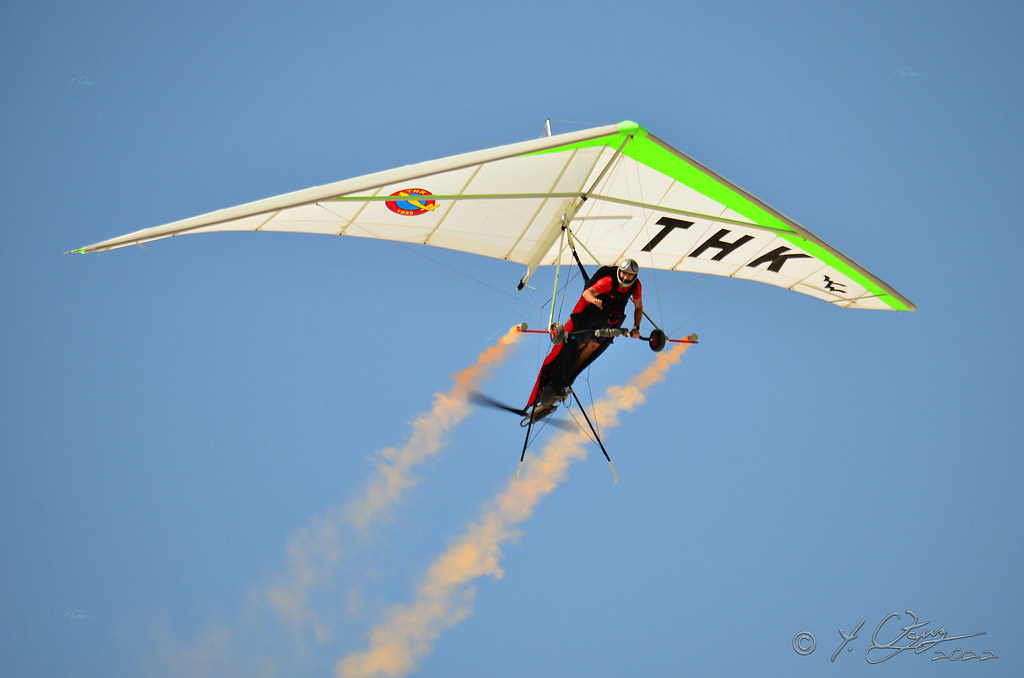
Foot-launched powered hang gliders (FLPHG) offer the best of both worlds: the freedom and simplicity of hang gliding, combined with the convenience of a powered engine.
This hybrid form of flight allows pilots to take-off from almost anywhere. With the benefit of a motor, they can fly for longer distances and durations than traditional hang gliding, making it ideal for cross-country flights. FLPHG gives you the flexibility to switch between powered and unpowered flights, depending on conditions and your preferences.
But at the same time, the addition of a motor makes the setup bulkier and heavier than standard hang gliding, which can be more challenging to transport and assemble. The motor adds noise and complexity to the otherwise peaceful and simple experience of hang gliding, which may detract from the feeling of freedom for some pilots.
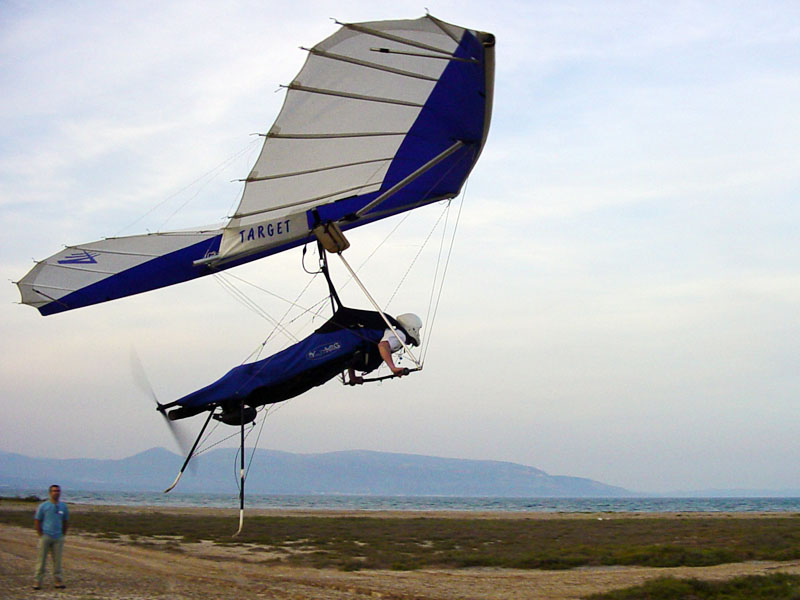
Training Costs: As with hang gliding, training typically costs around £1,000-£2,000, though additional instruction may be required to operate the motor safely.
Equipment Costs: A powered unit (the motor and propeller) usually costs around £4,000-£7,000, depending on the model. A standard hang glider wing costs around £3,000-£6,000, similar to unpowered hang gliding. You’ll also need a harness, helmet, and reserve parachute, which can add £500-£1,000 to the total.
5. Ultralights

Ultralights, also known as microlights, are small, powered aircraft that offer an inexpensive way to experience the thrill of powered flight. Ultralights give you full control, allowing take-off, landing, and long-distance travel without weather reliance. They offer longer flights and greater range at a fraction of the cost of traditional aircraft.
Compared to traditional aeroplanes, ultralights are much cheaper to purchase, maintain, and operate. These lightweight planes are typically one or two-seat gliders and have low fuel consumption. Many glider pilots use ultralights as a stepping stone to larger aircraft.
While ultralights are subject to fewer regulations than larger planes, they still require some form of certification or licence, depending on local laws.

Training Costs: Training to fly an ultralight typically costs around £2,000-£5,000, depending on the flight school and location. This includes ground school and in-flight training.
Equipment Costs: A new ultralight aircraft costs anywhere from £15,000-£40,000, but second-hand models can be found for £10,000-£20,000. While this is a higher upfront cost compared to gliders, it’s far cheaper than traditional-powered planes.
Operating Costs: Ultralights are highly fuel-efficient, with typical fuel costs running around £10-£20 per flight hour, depending on the engine and model.
Maintenance Costs: Ongoing maintenance and insurance are significantly lower than for larger aircraft, though regular servicing is required.
6. Sub 70 kg (SPHG)
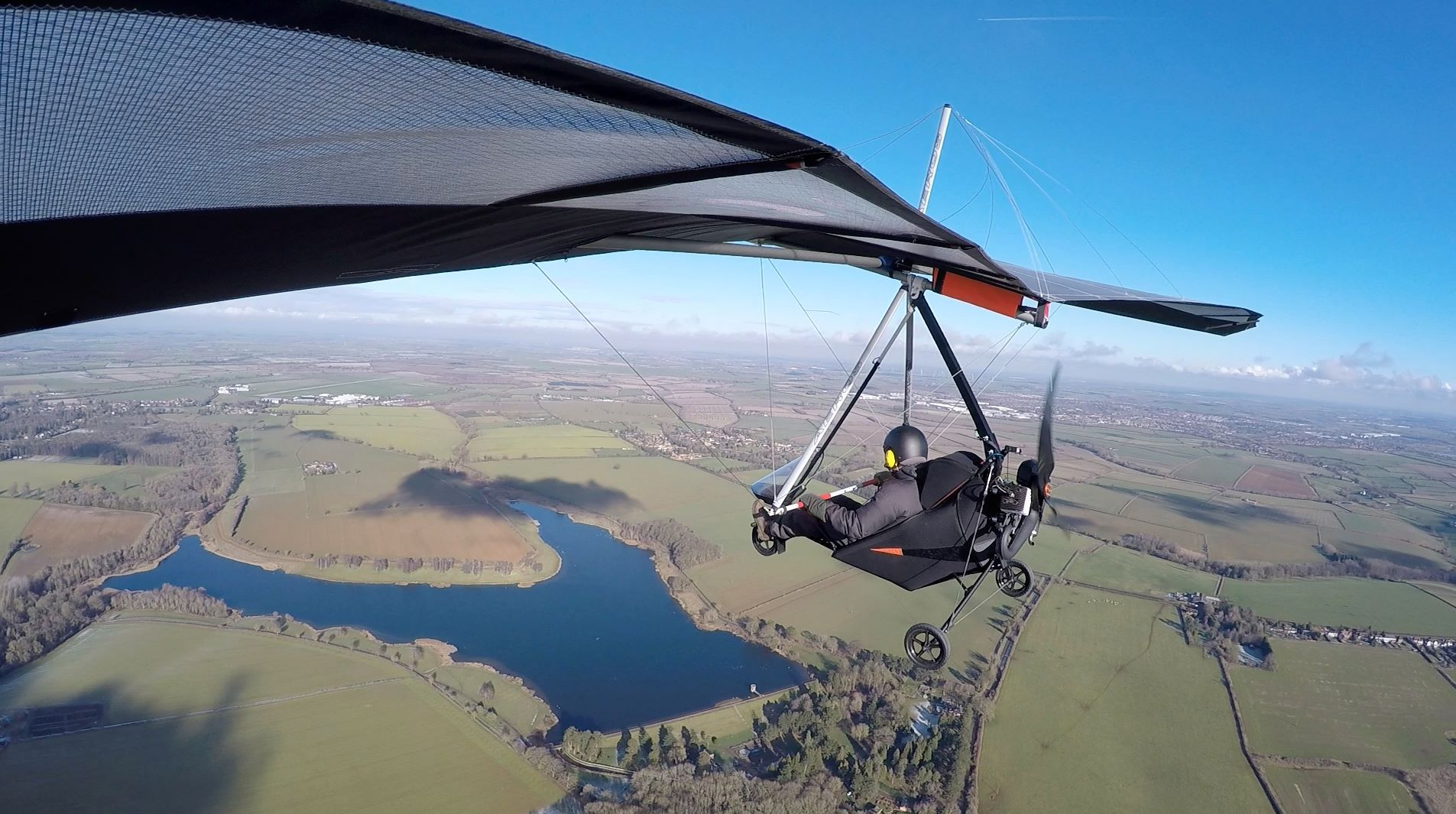
Sub-70 kg or Self-Propelled Hang Gliders (SPHG) are an ultra-lightweight flying option that blends the simplicity of hang gliding with the flexibility of powered flight. These small, motorised gliders are best suited for short, recreational flights.
Because they are classified as ultra-lightweight aircraft, many countries exempt SPHGs from strict regulations, meaning you may not need a formal pilot’s licence to fly them. These aircraft are compact and easy to transport and store. You don’t need a hangar, and the setup is quick and simple.
While SPHGs offer a unique and exhilarating flying experience, they do have some limitations. Like hang gliding, their performance is weather-dependent, and strong winds or turbulent air can significantly impact their flight capabilities. Additionally, SPHGs provide a more basic flying experience compared to powered aircraft, making them less suitable for those seeking high-performance or advanced flying features.
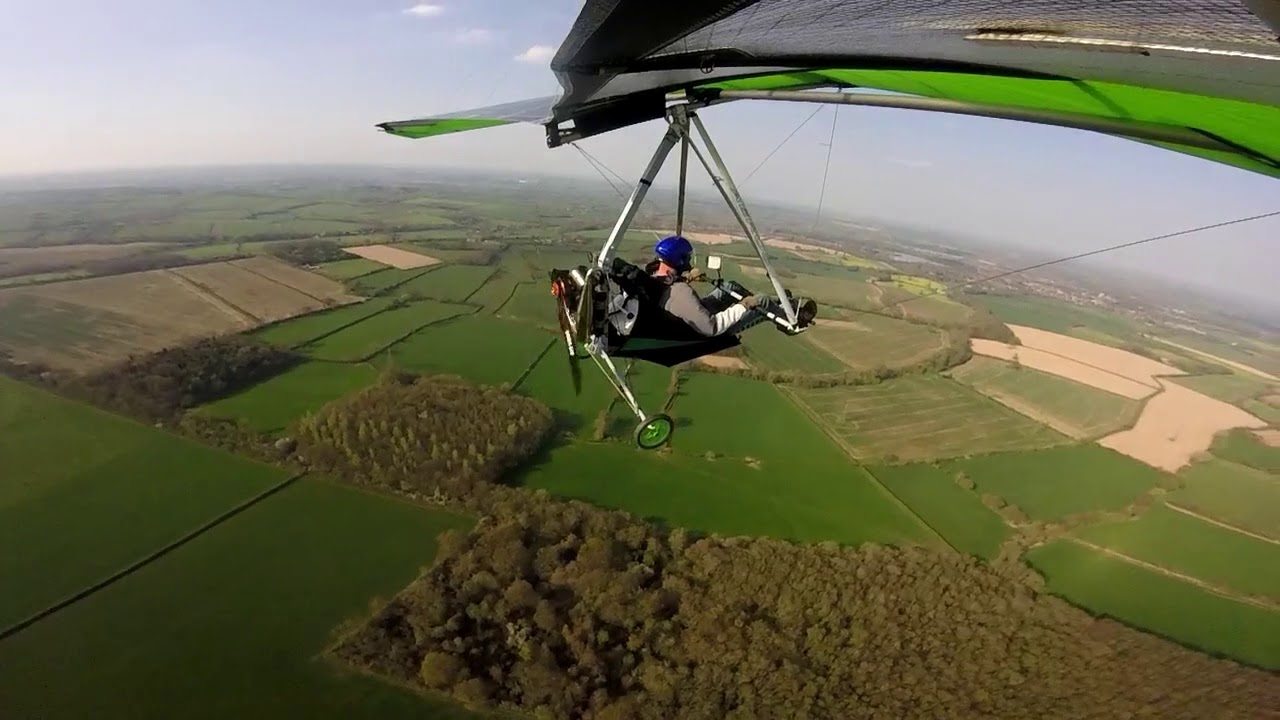
Training Costs: While not always required by law, it’s advisable to take some training in handling and operating an SPHG. Training costs are usually around £500-£1,500, depending on the school.
Equipment Costs: A new SPHG typically costs between £5,000-£10,000, making it one of the cheapest powered aircraft options on the market. You’ll also need a harness, helmet, and possibly a reserve parachute, adding £500-£1,000 to the total.
Which Budget-Friendly Flight Option is Right for You?

Choosing the right budget-friendly flight option depends on several key factors. First, consider your personal goals: Are you looking for recreational flying as a hobby, or do you see this as a stepping stone toward advanced aviation training? If you're aiming for an aviation career, options like ultralights or powered flight may offer more progression opportunities.
Location is another important factor. The availability of training schools or flying clubs near you can significantly impact both your access to lessons and the type of flight you pursue. Some forms of flying, like paragliding, are more accessible in areas with hills or mountains, while powered options like paramotoring and ultralights offer more flexibility in flat regions. Physical fitness also plays a role. Certain methods, such as paragliding or hang gliding, demand a higher level of fitness for take-offs and landings, while powered flight options are less physically demanding.
Lastly, consider your budget. How much are you willing to invest initially and over time? Unpowered options like paragliding are typically more affordable upfront, while powered methods may require a larger initial investment but provide more flight flexibility. Balancing these factors will help you choose the most suitable and affordable path to the skies.
Airhead's Takeaway
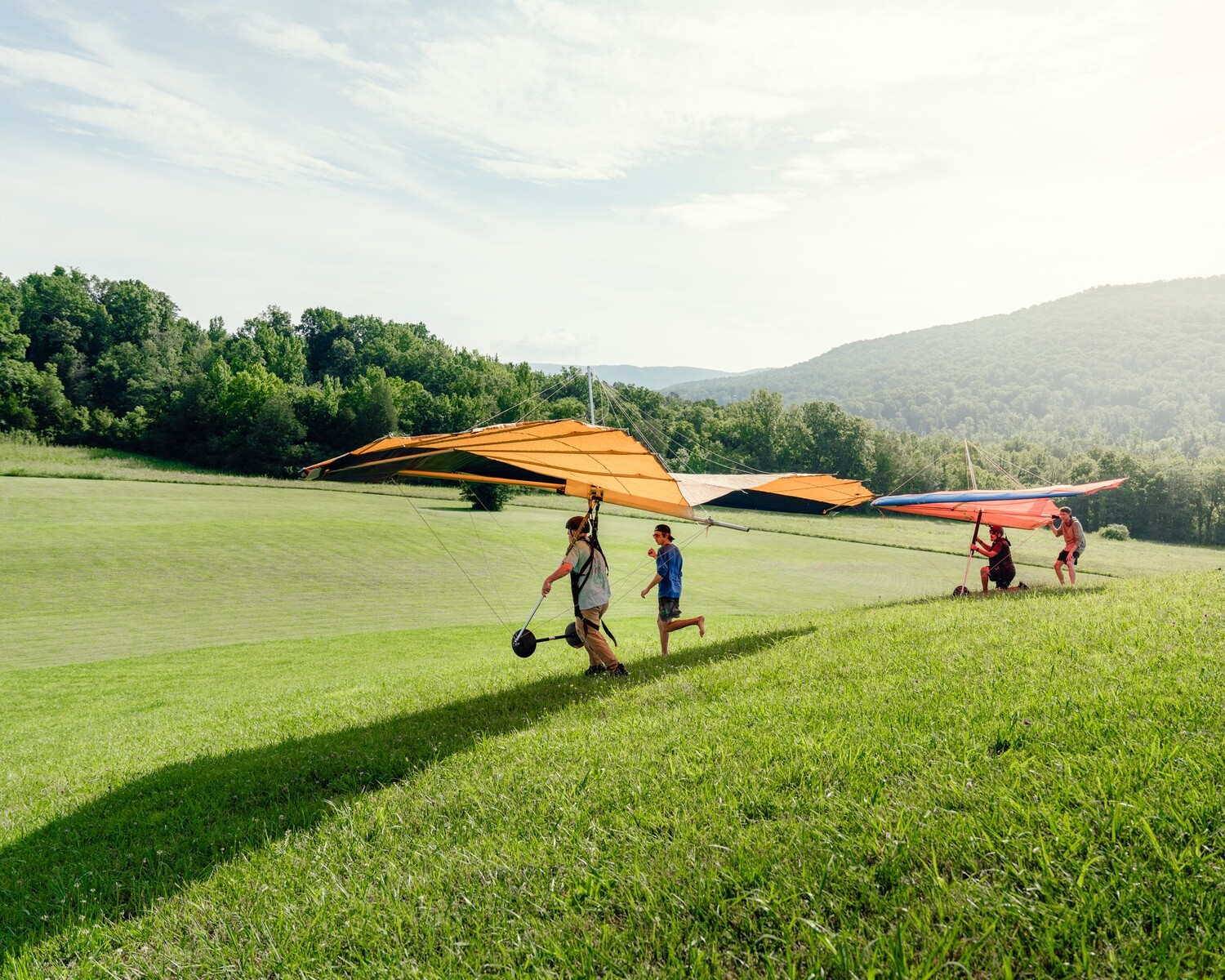
There are plenty of budget-friendly options to get you airborne, from paragliding and hang gliding to ultralights and paramotoring. Each offers its unique advantages, whether it's the low cost of gliding or the flexibility of powered flight. By considering your personal goals, location, fitness, and budget, you can choose the flight path that suits you best.
No matter your financial situation, the sky is within reach. Starting small with these affordable options is a fantastic way to begin your aviation journey. So take the first step — your dream of flying is closer than you think!




